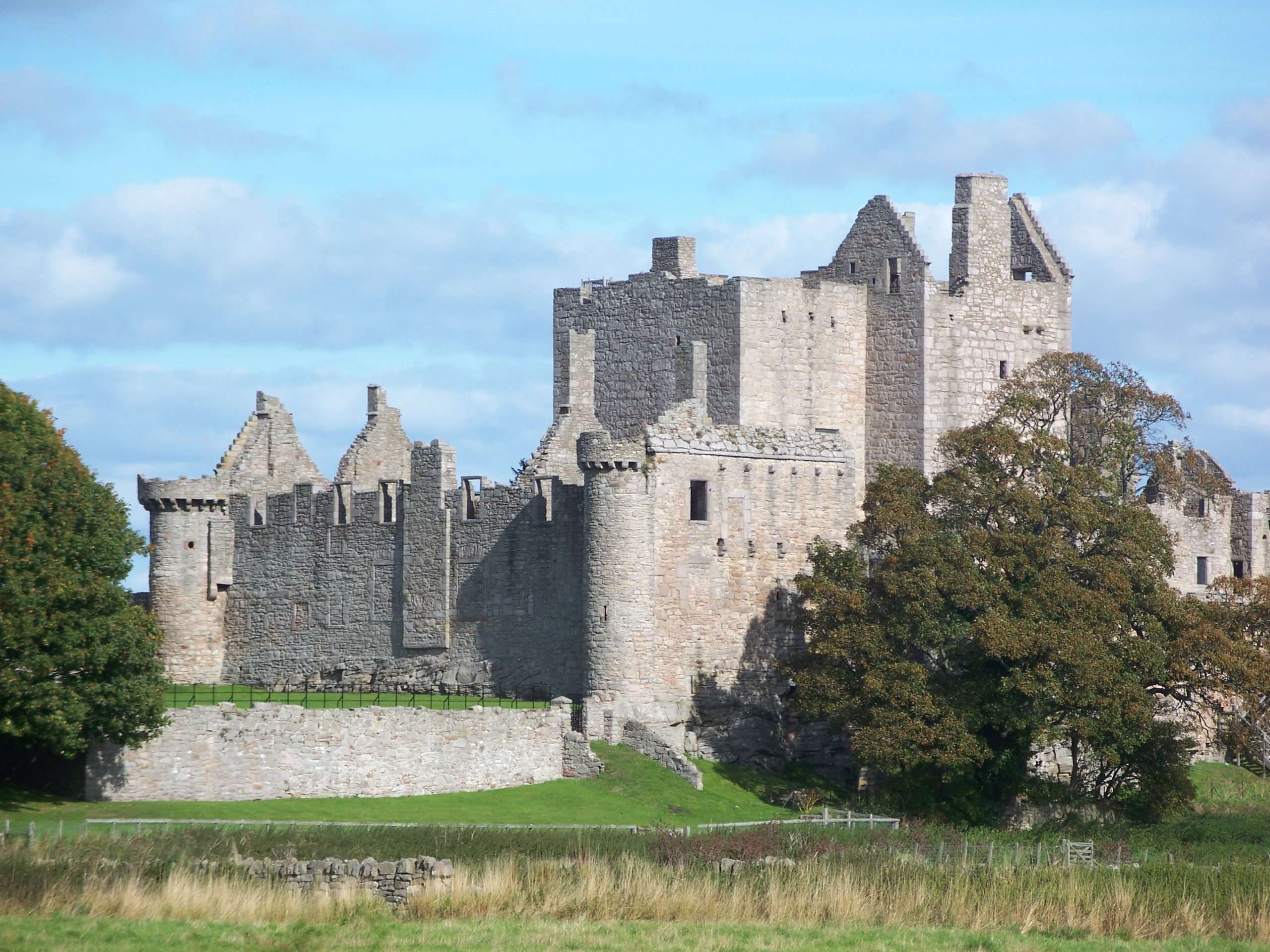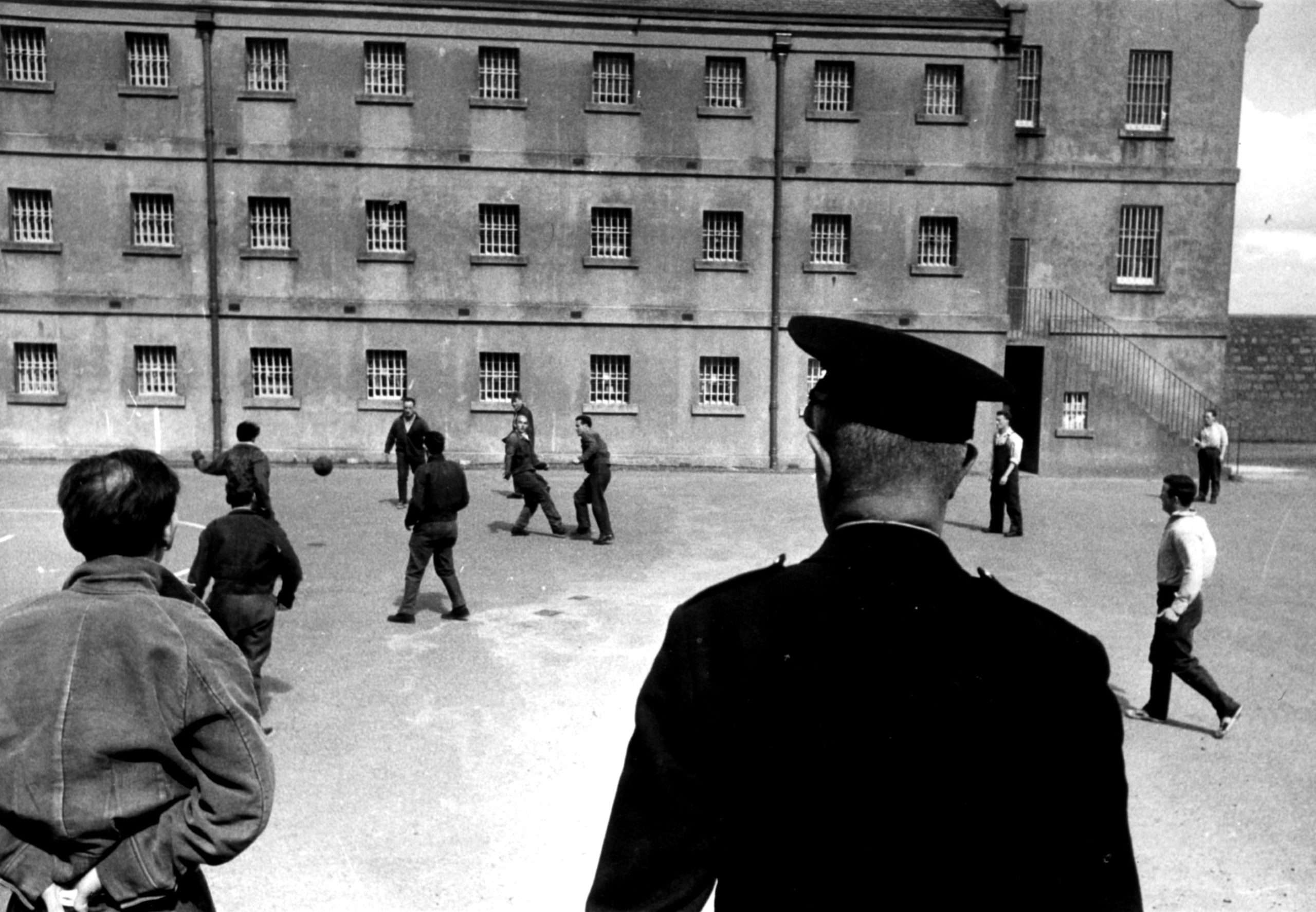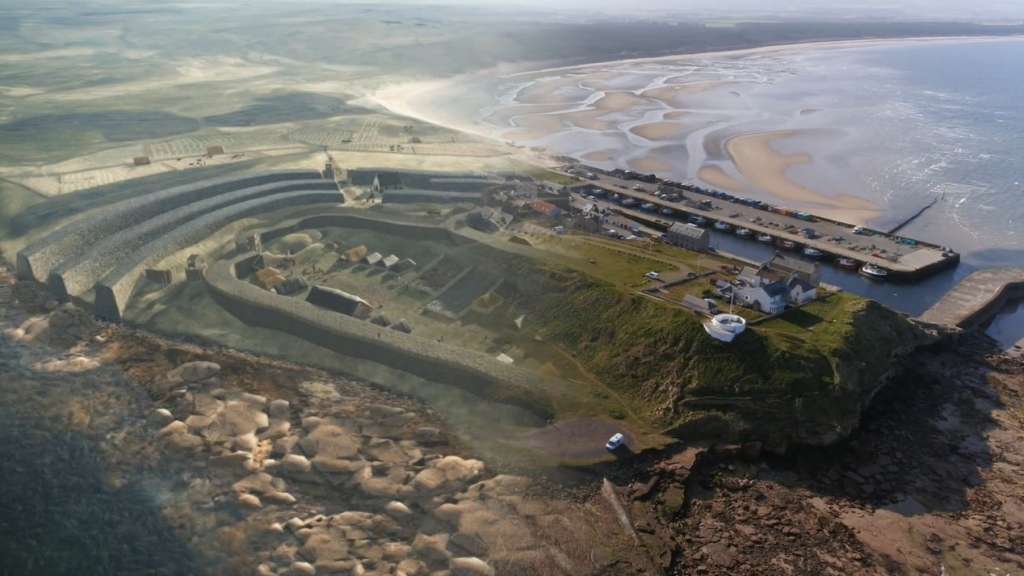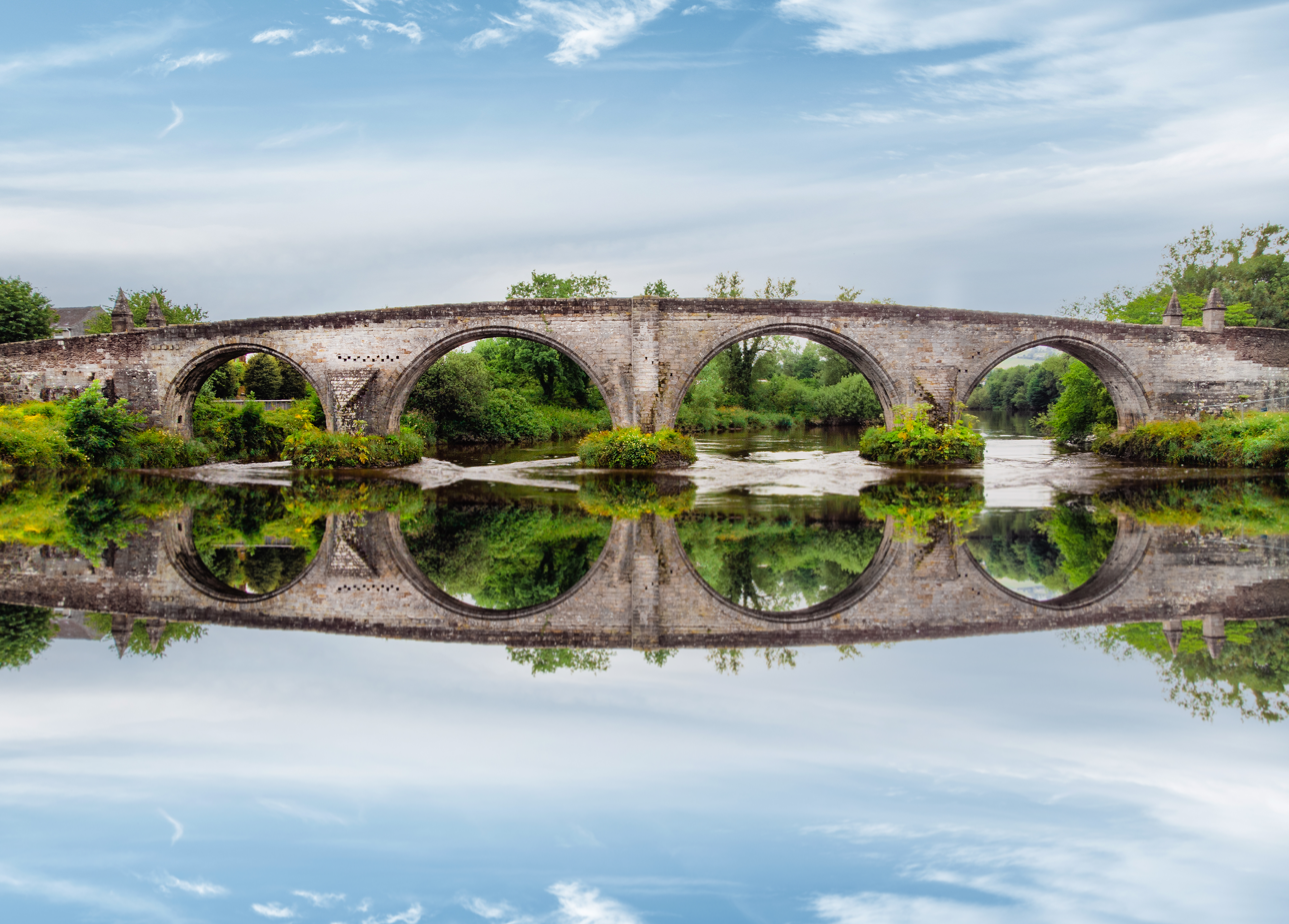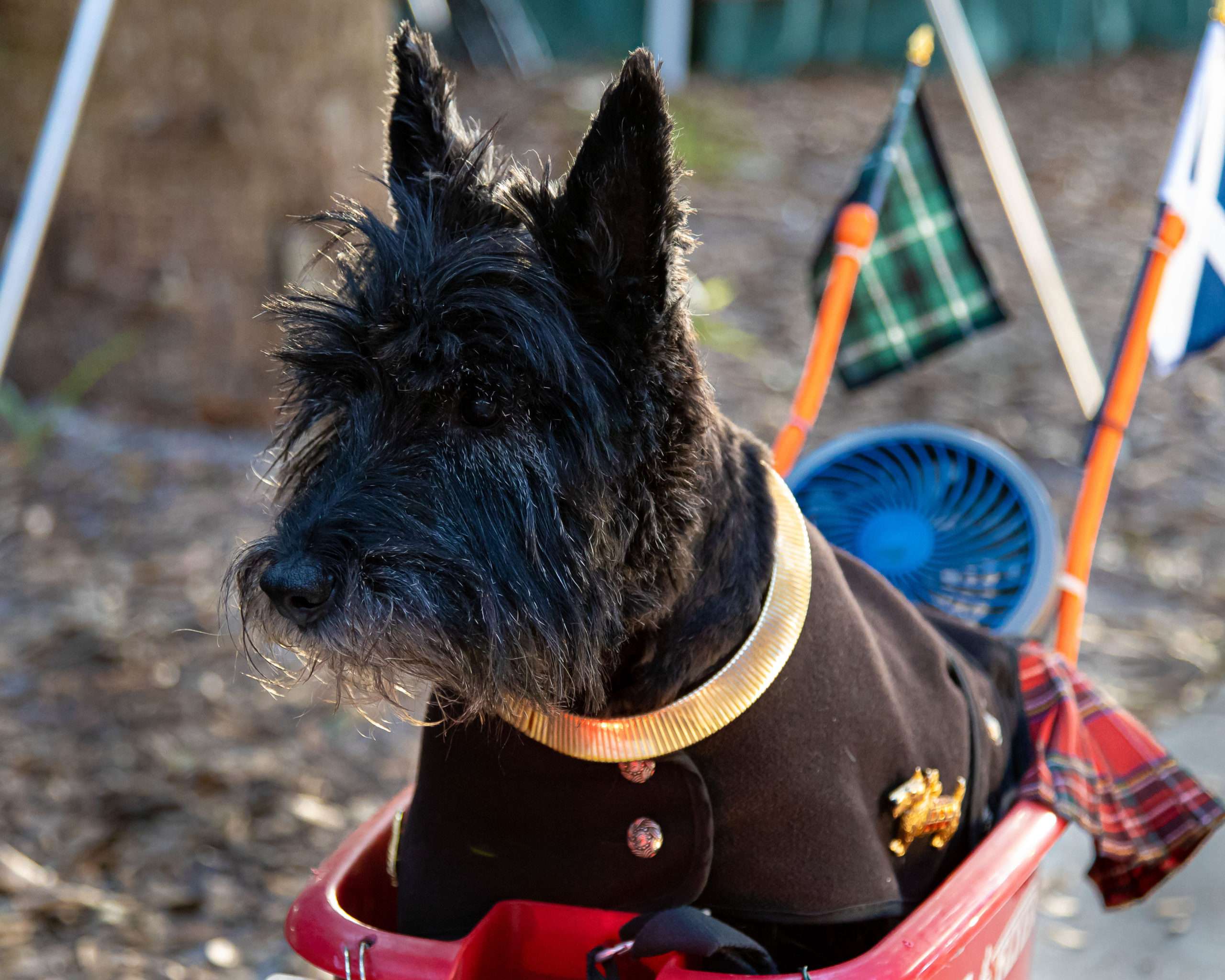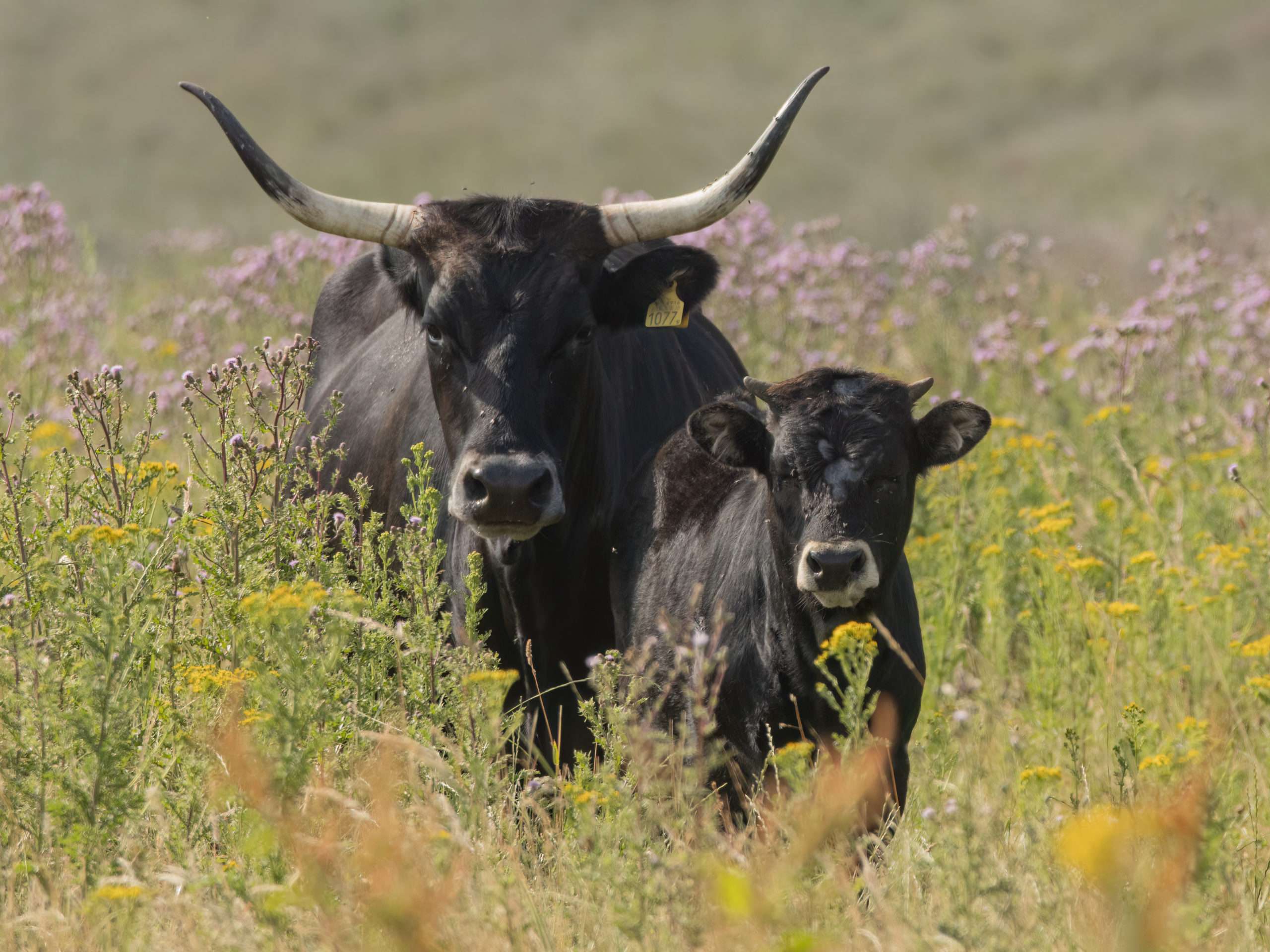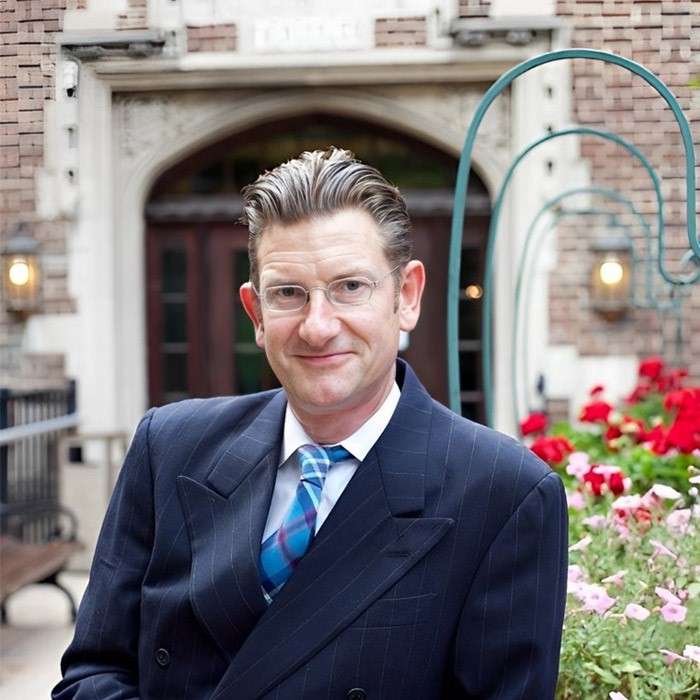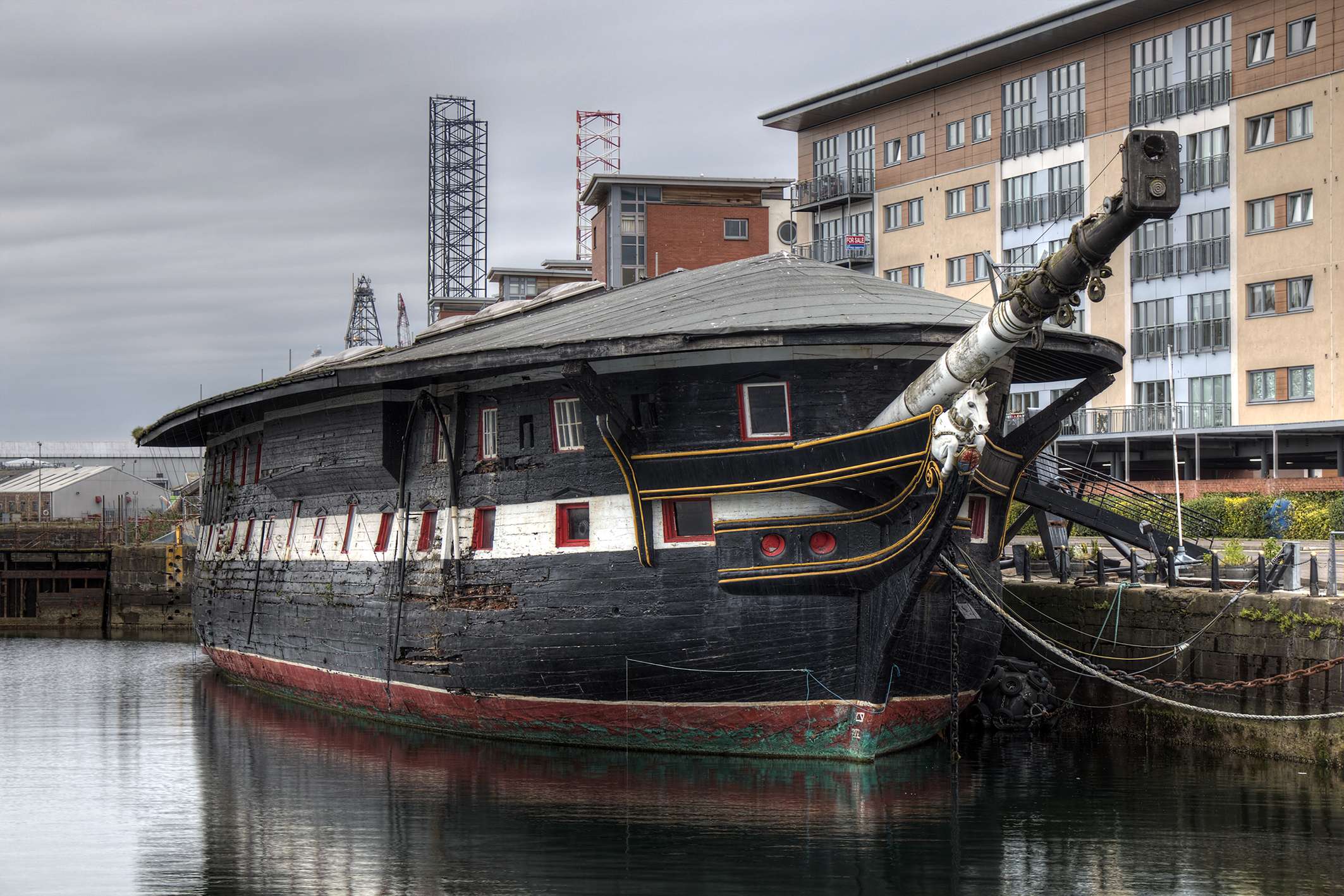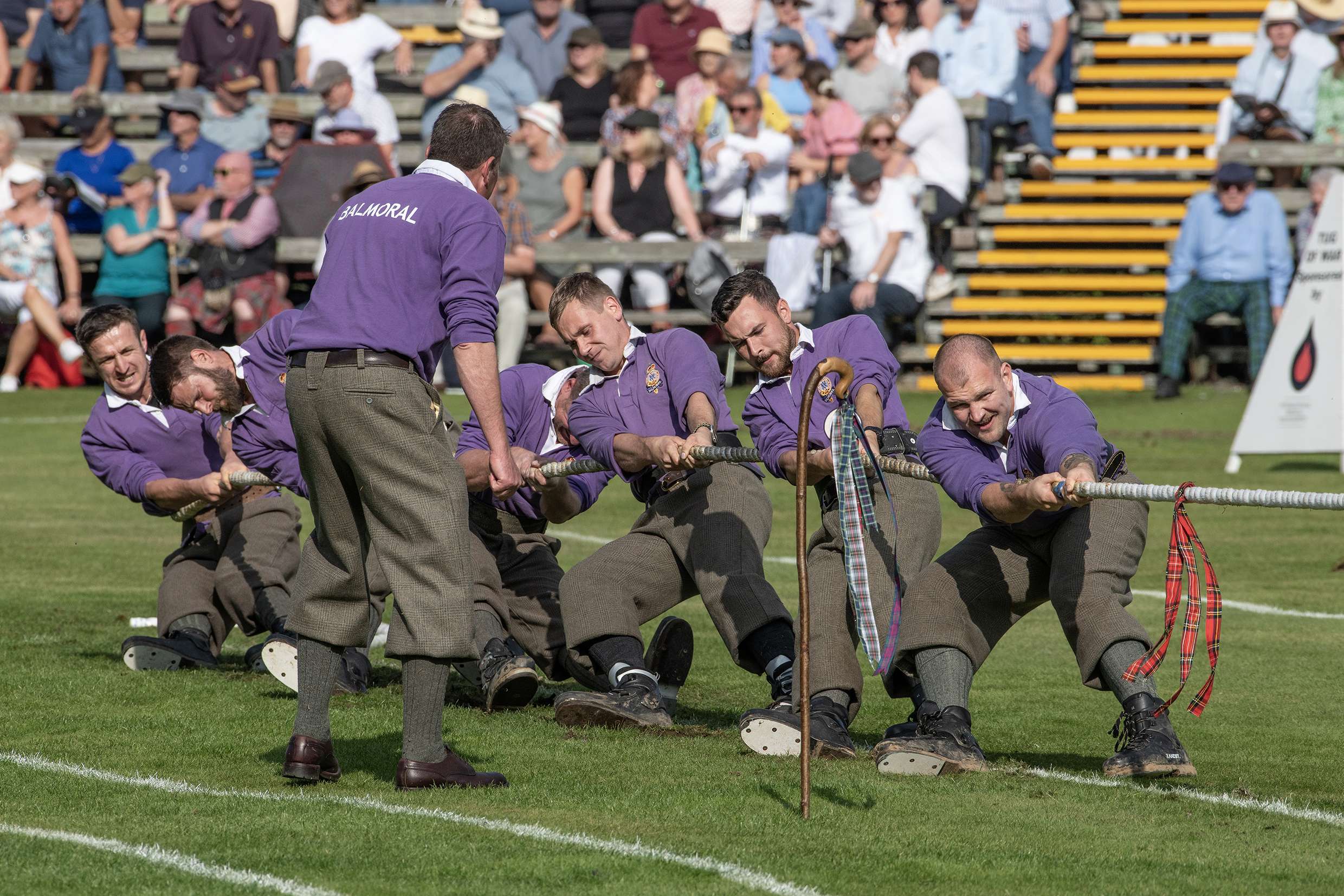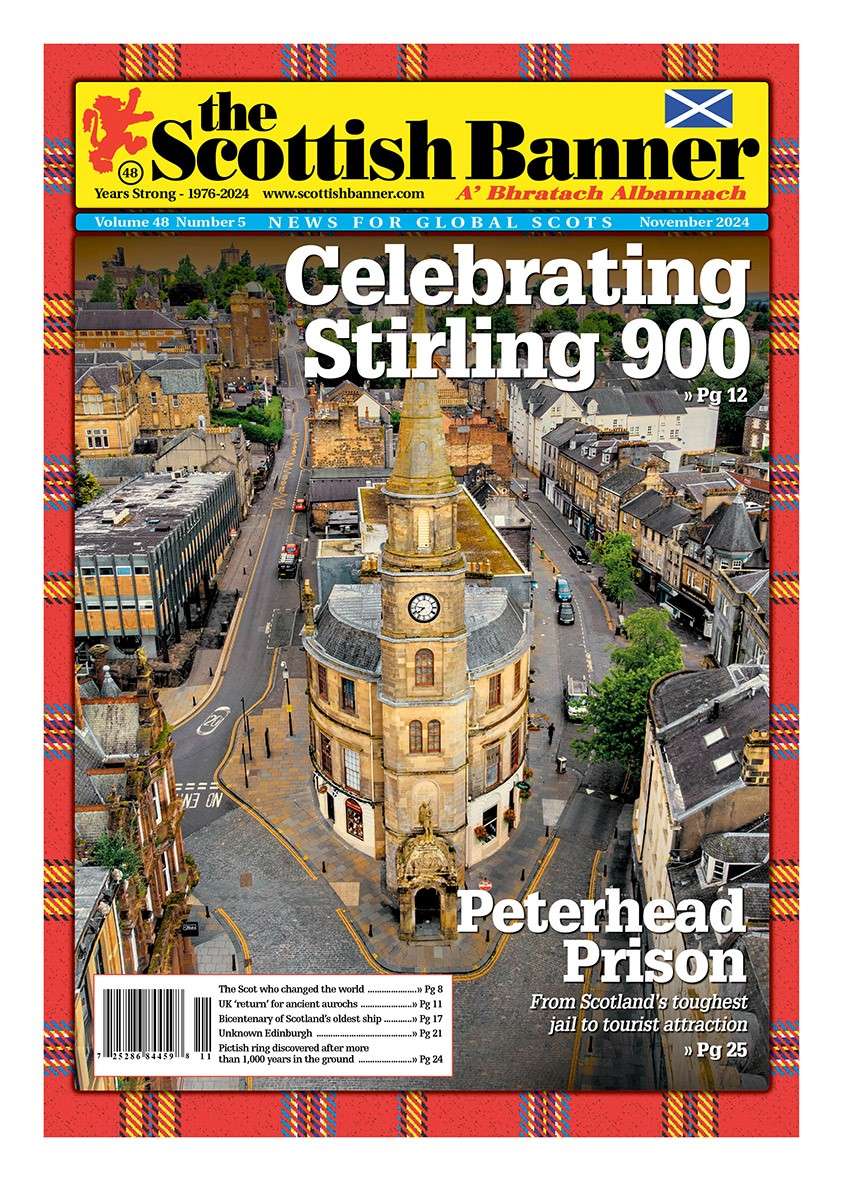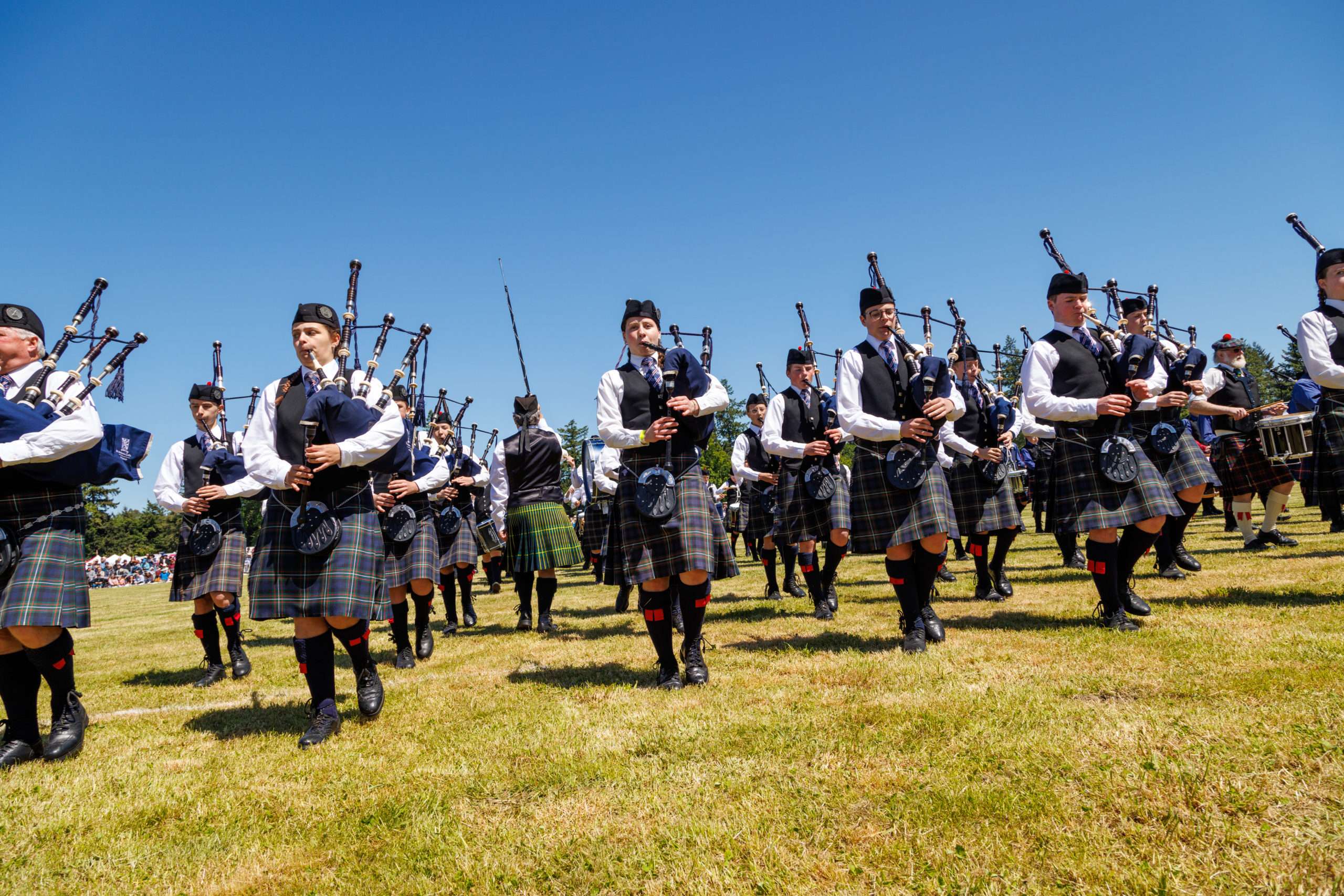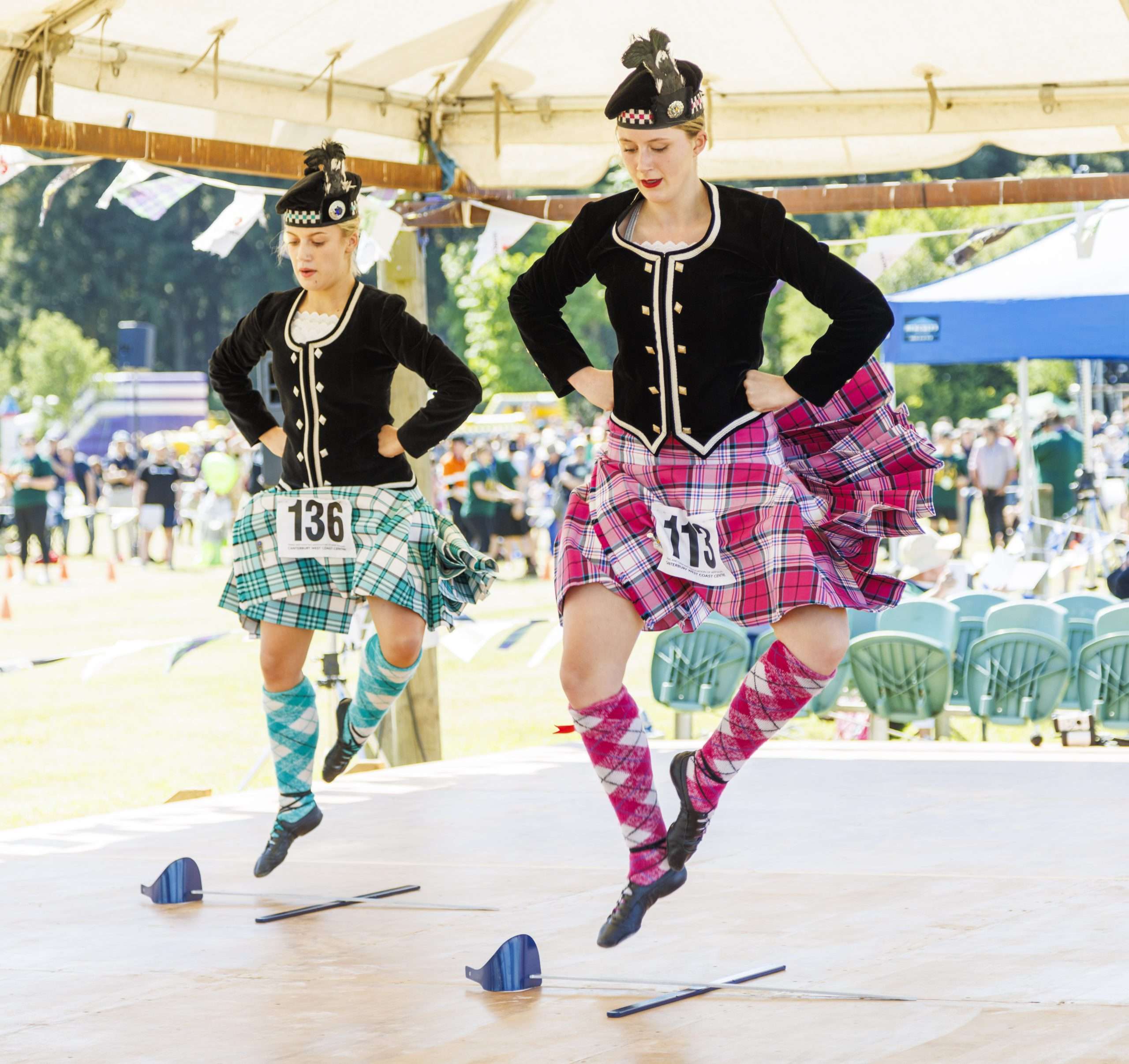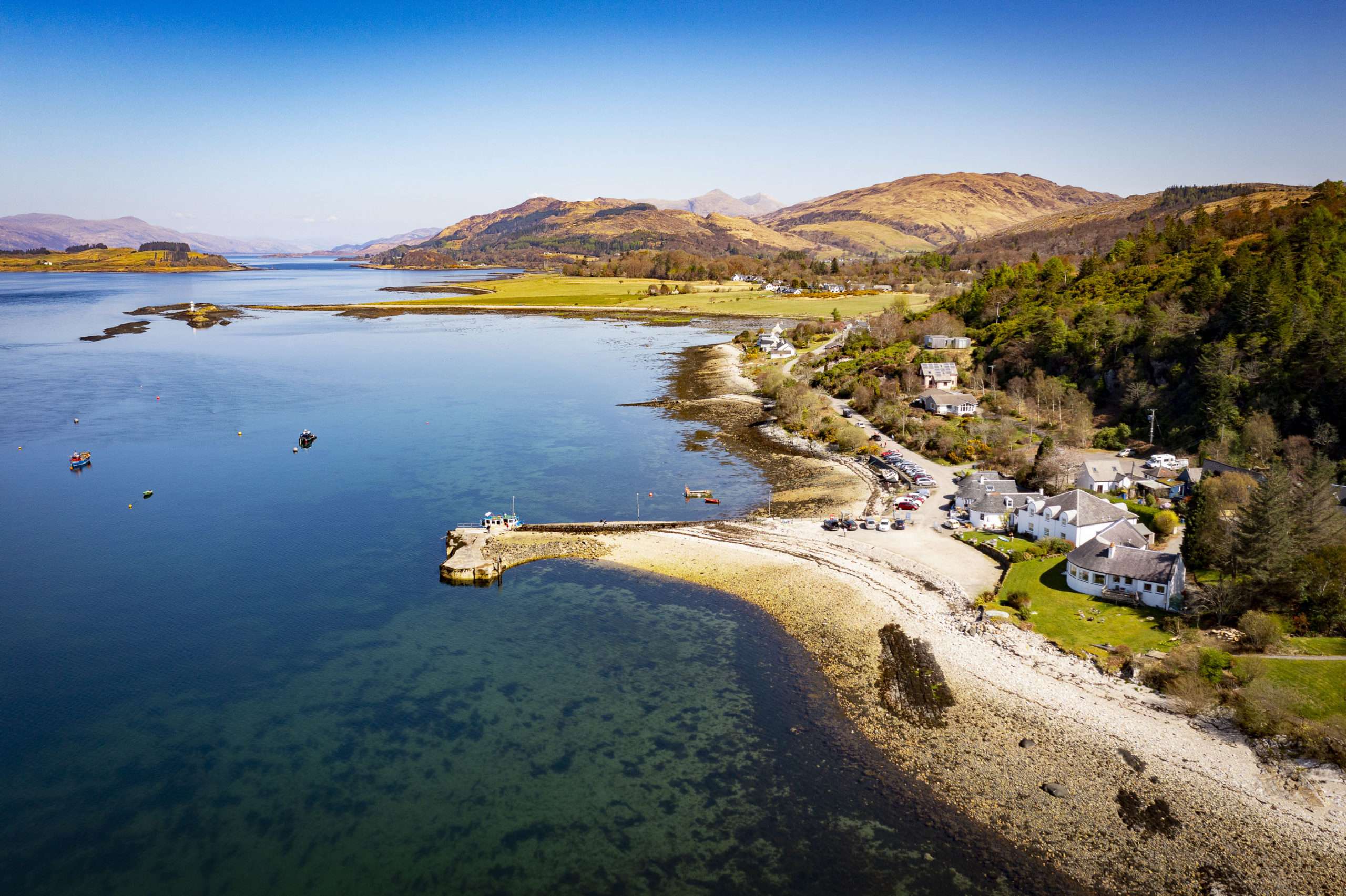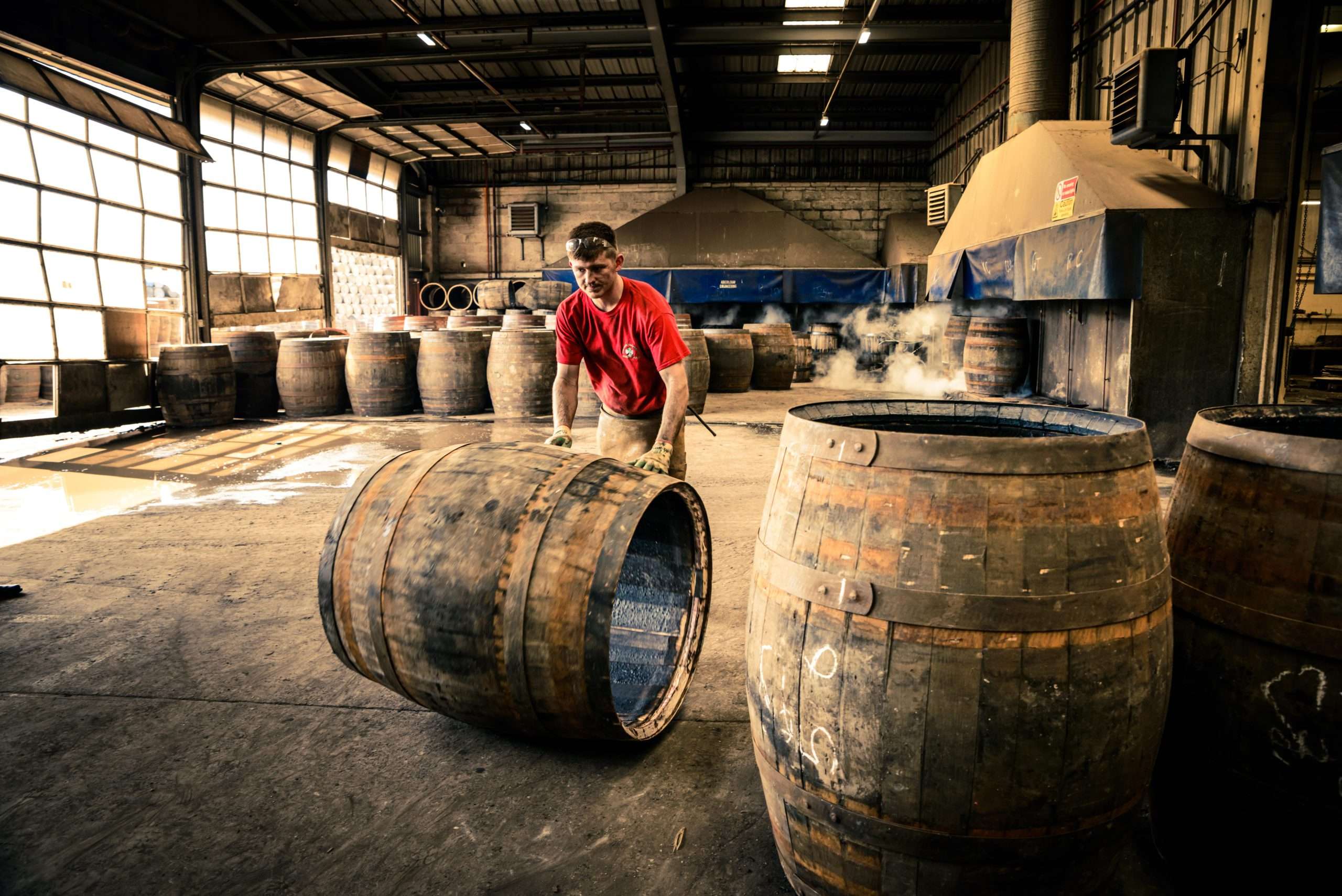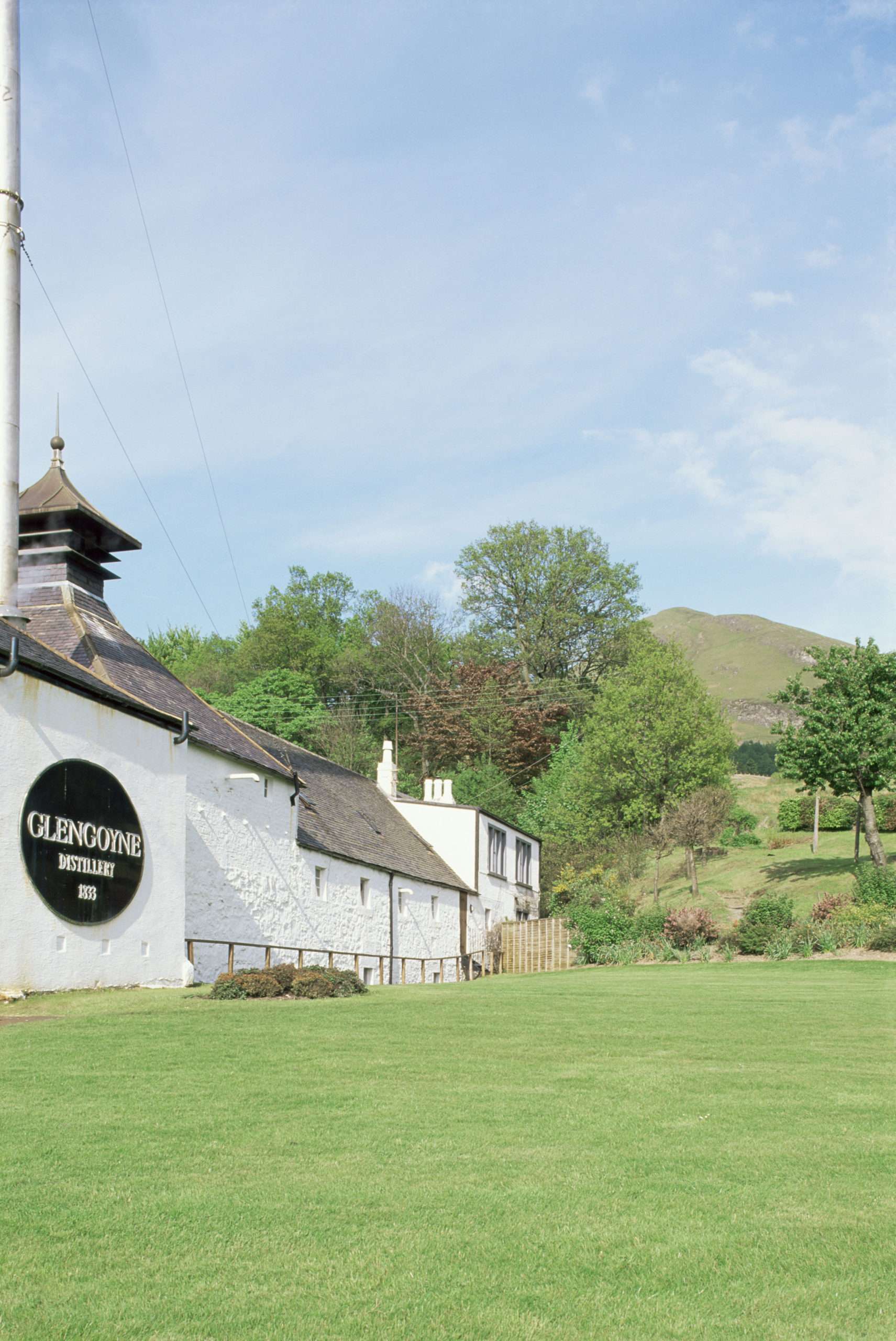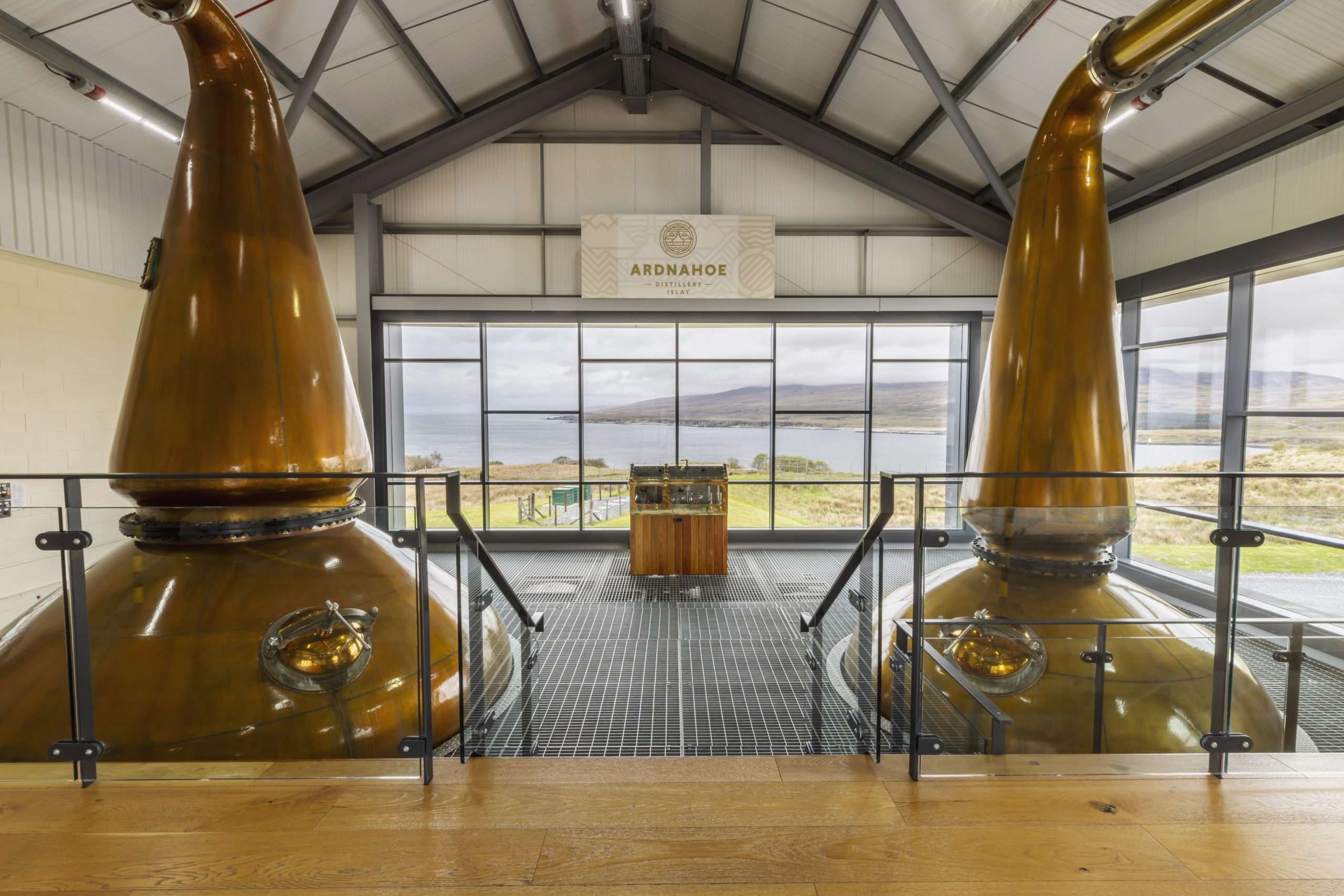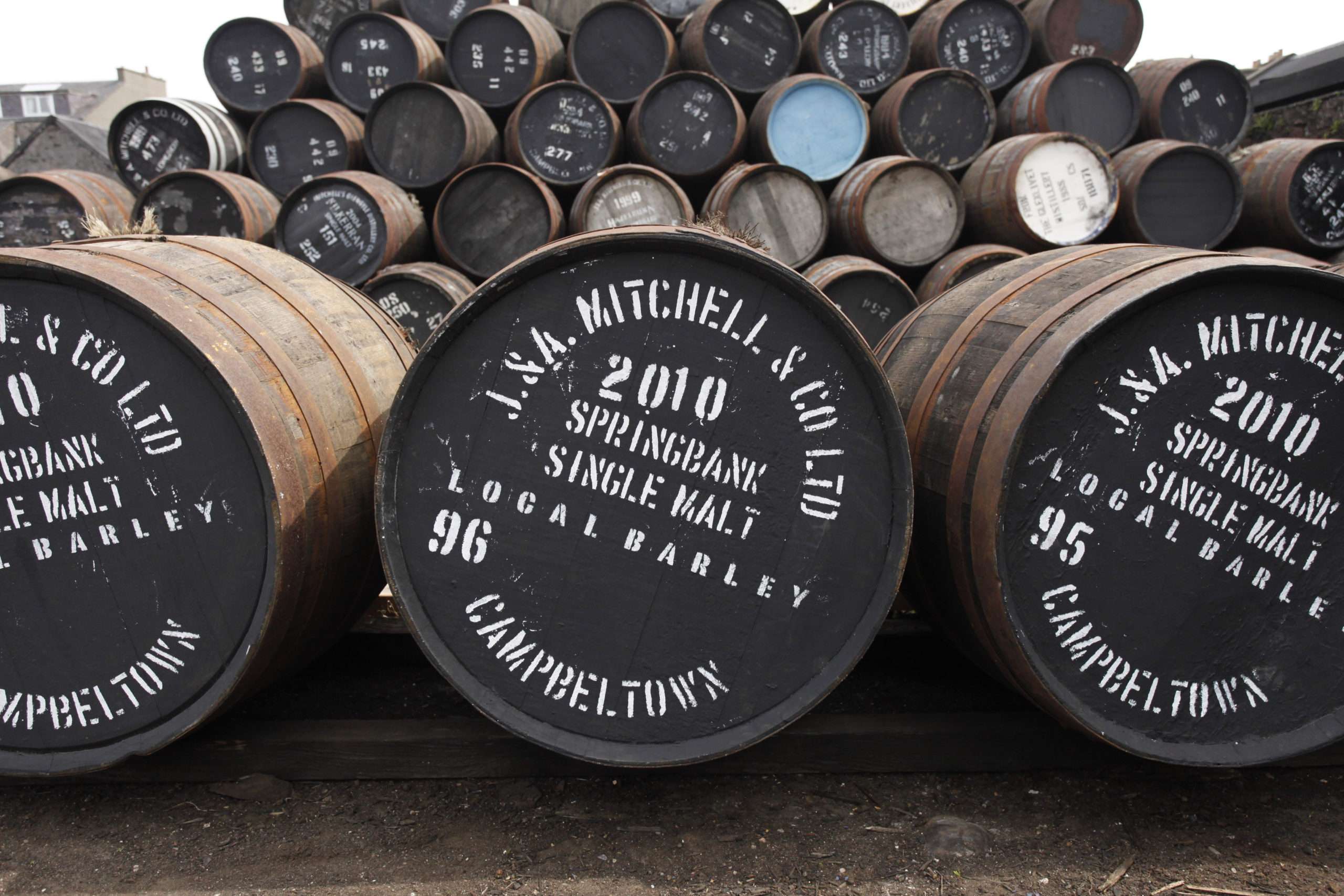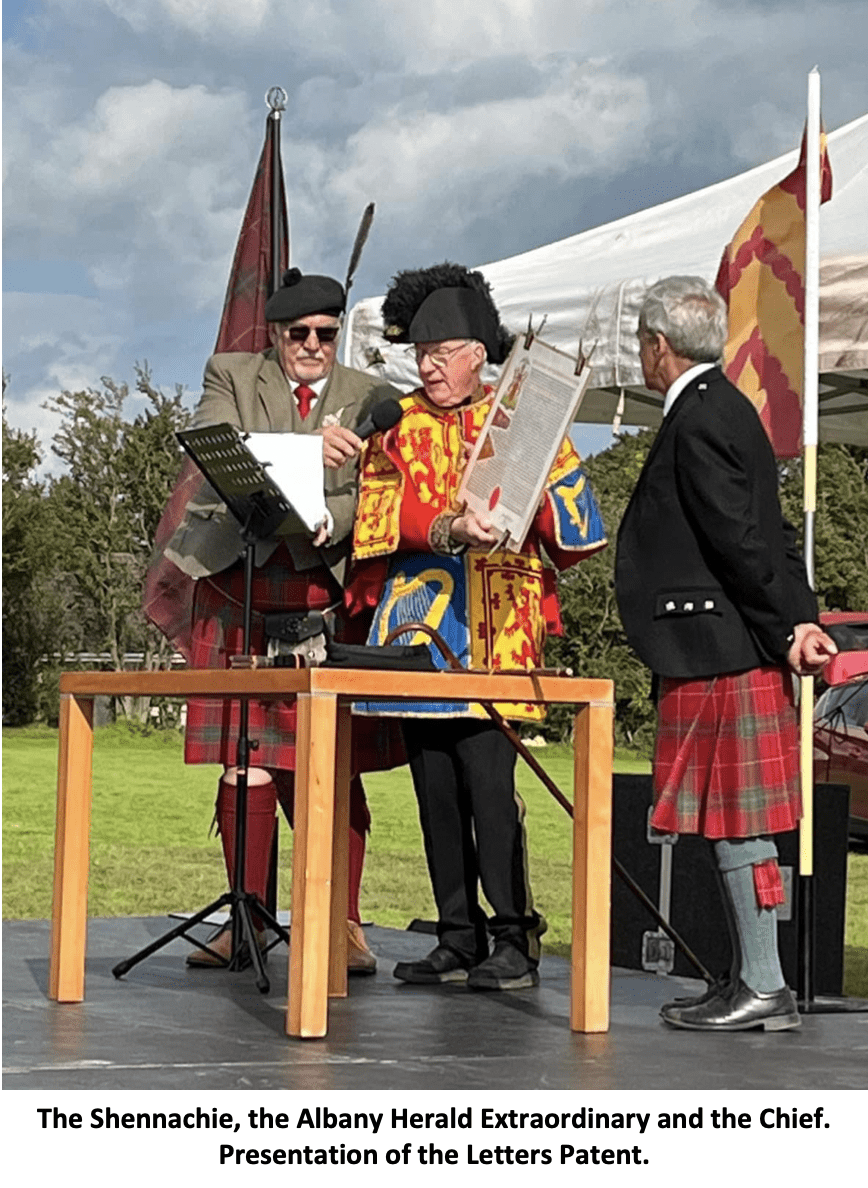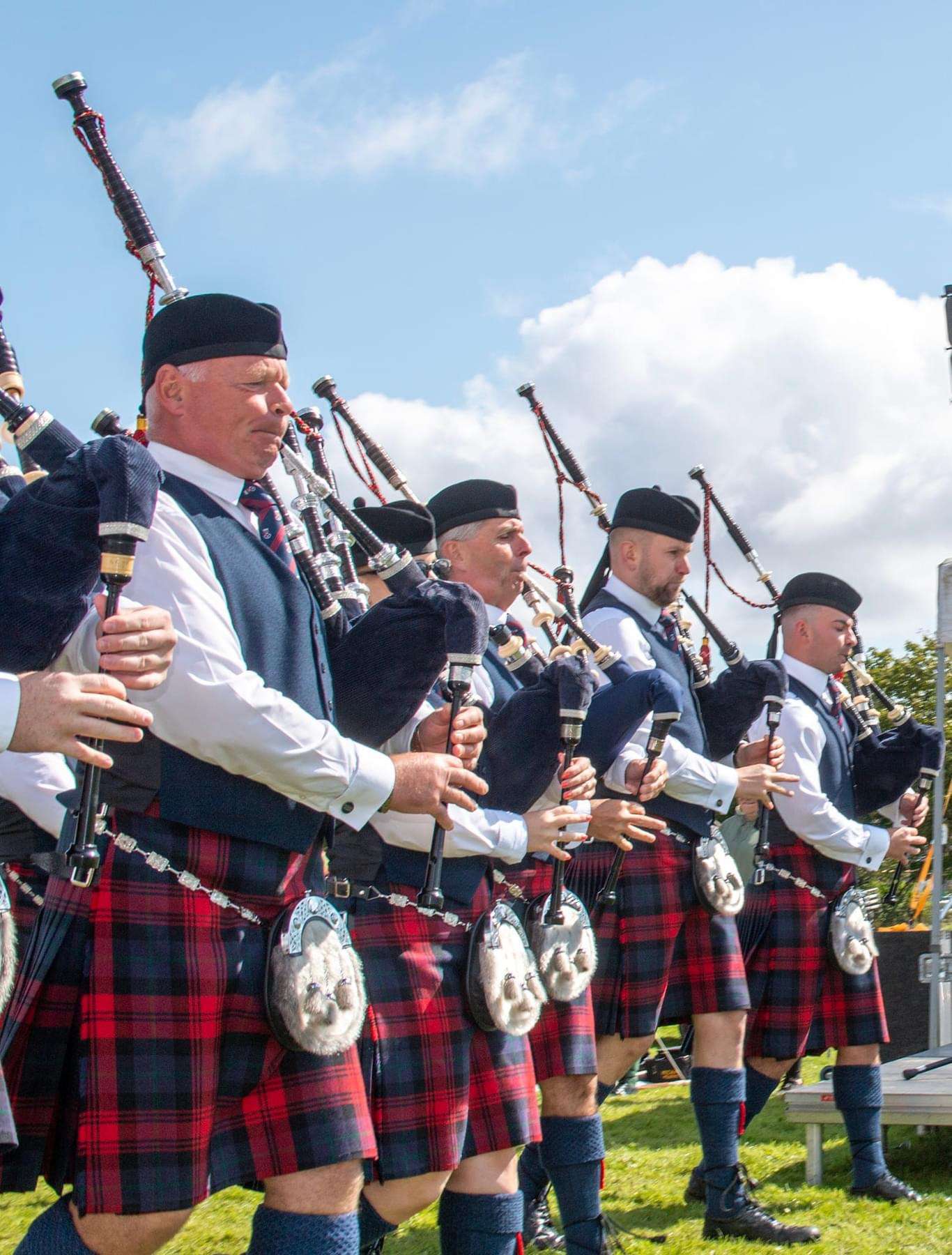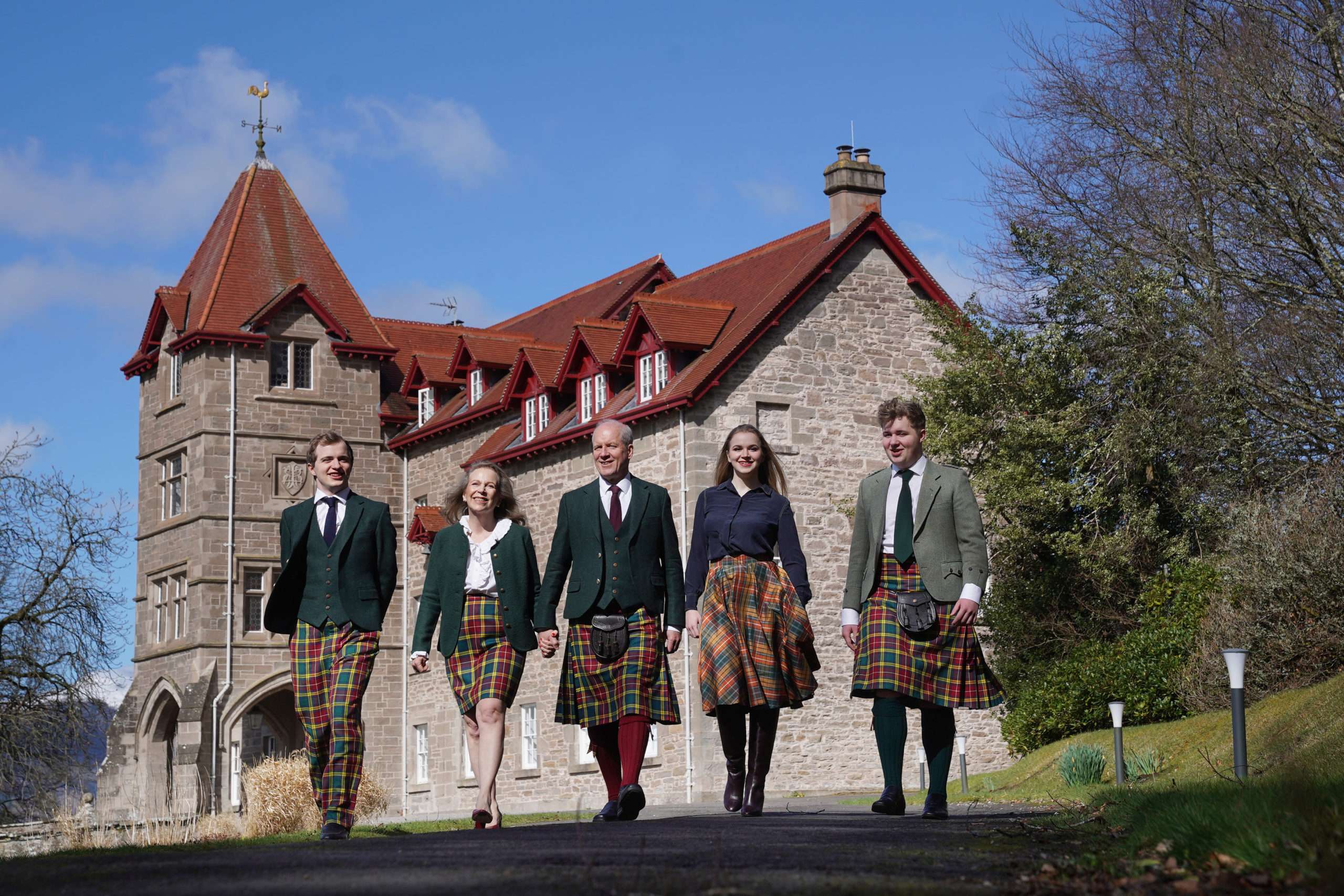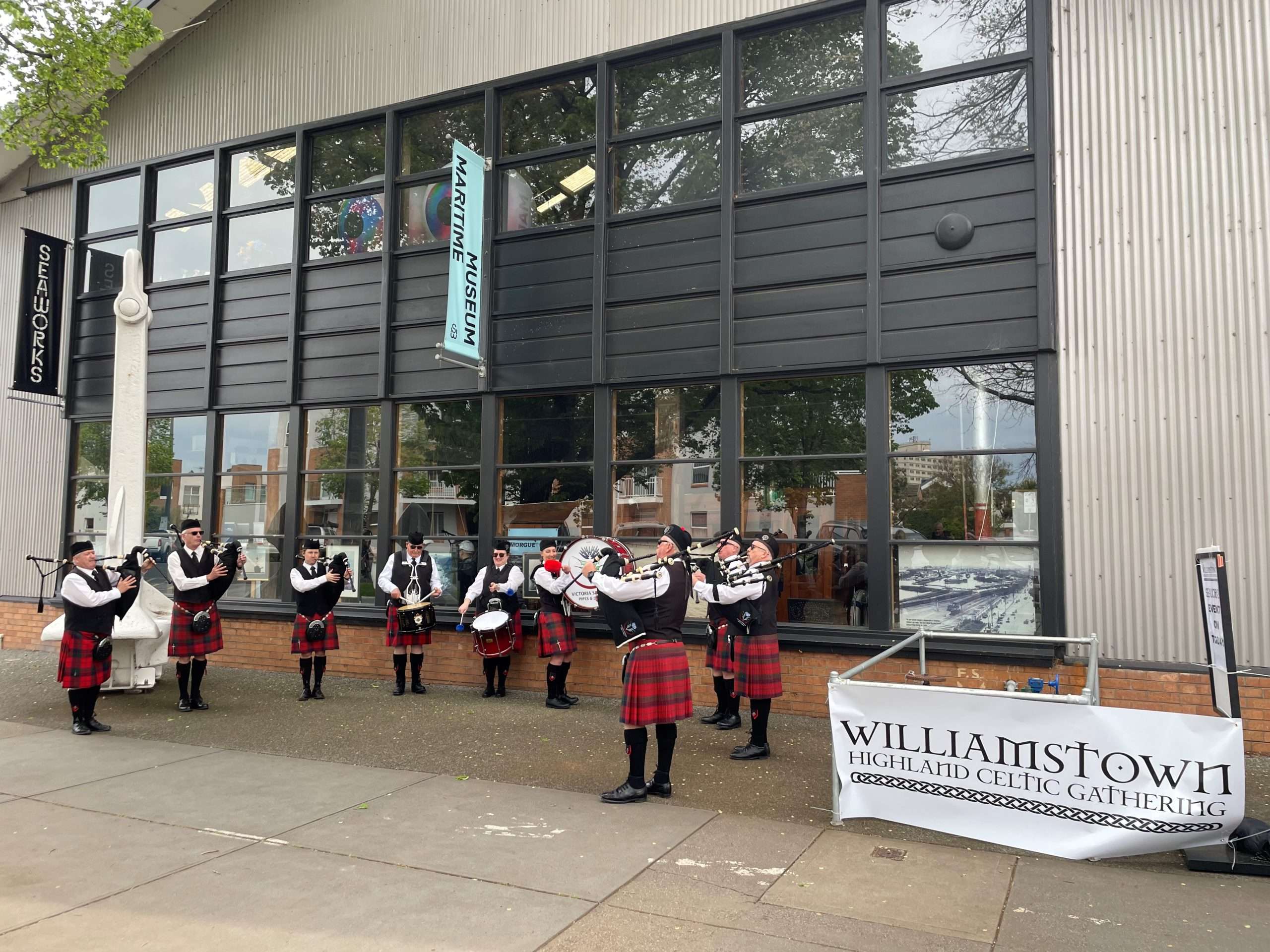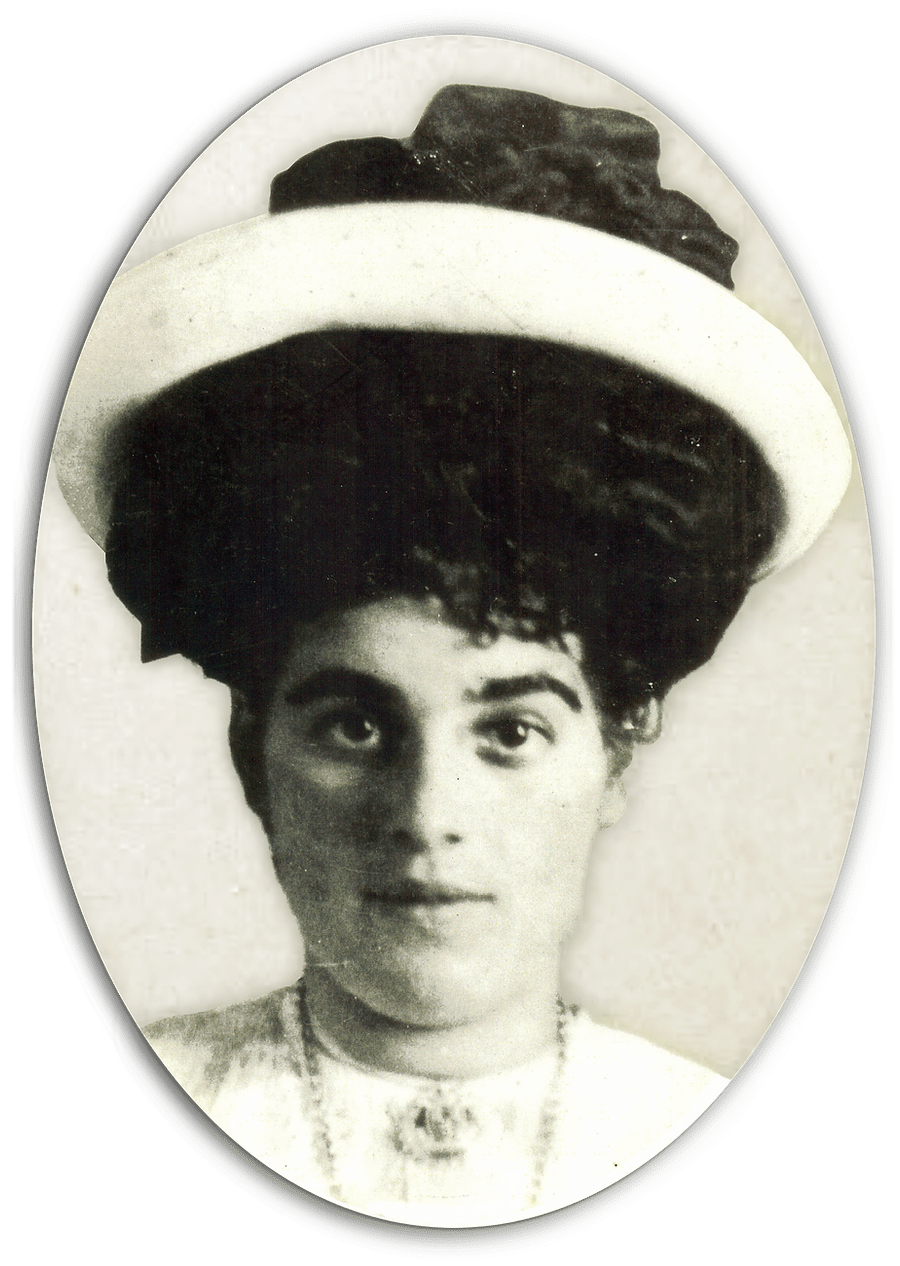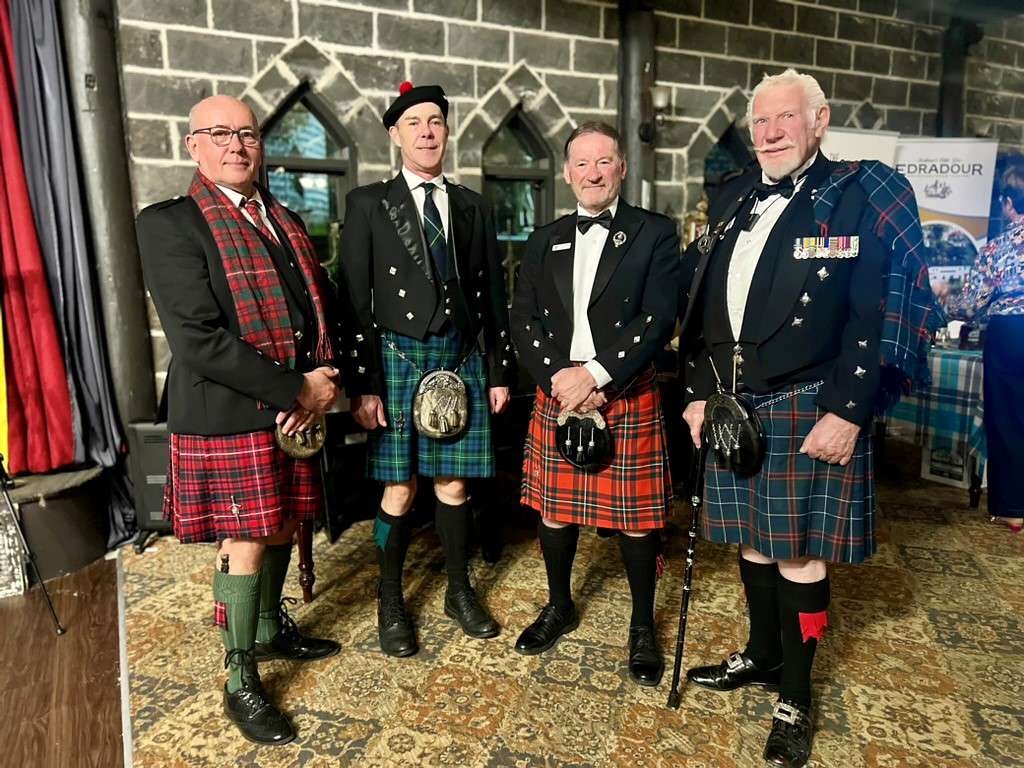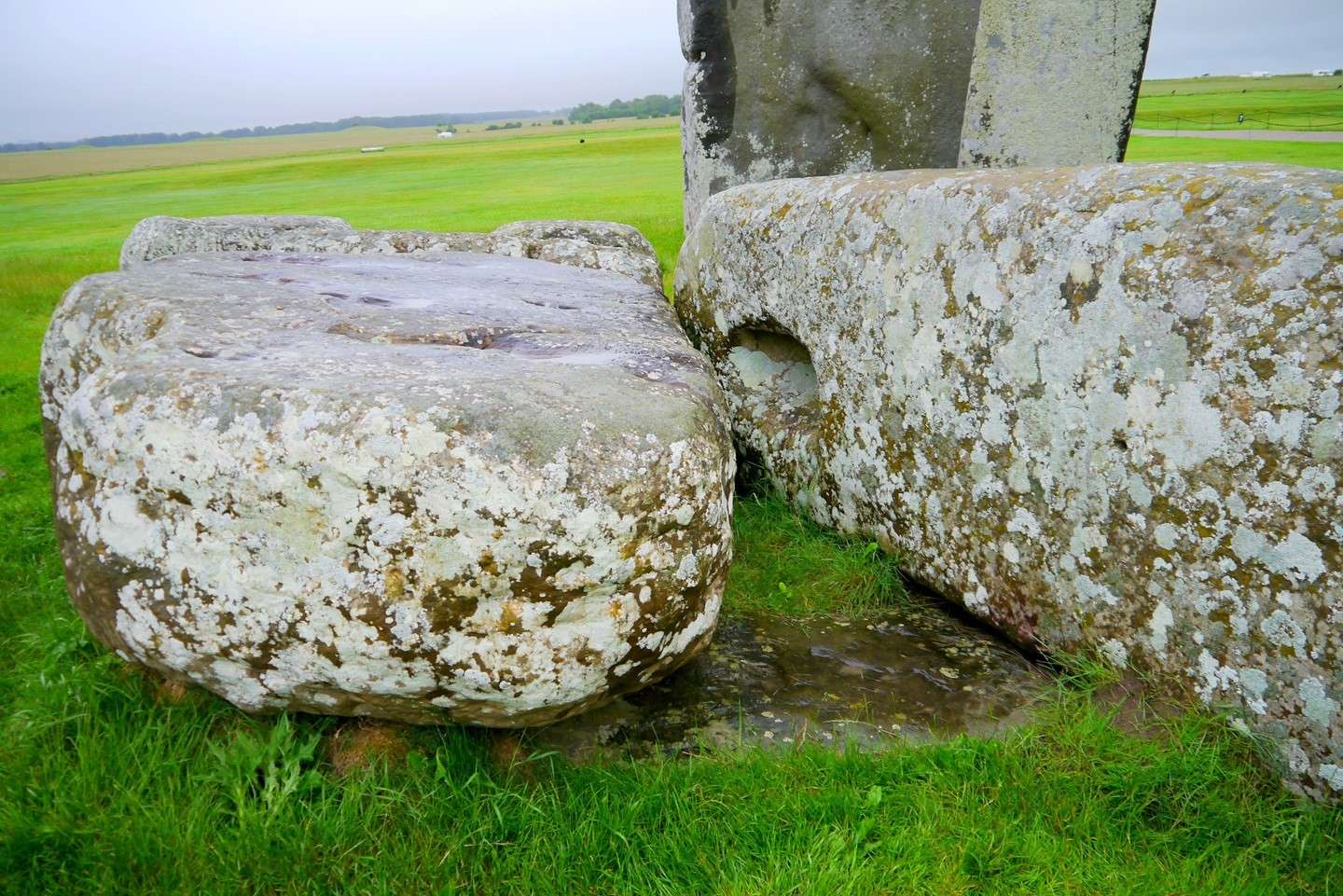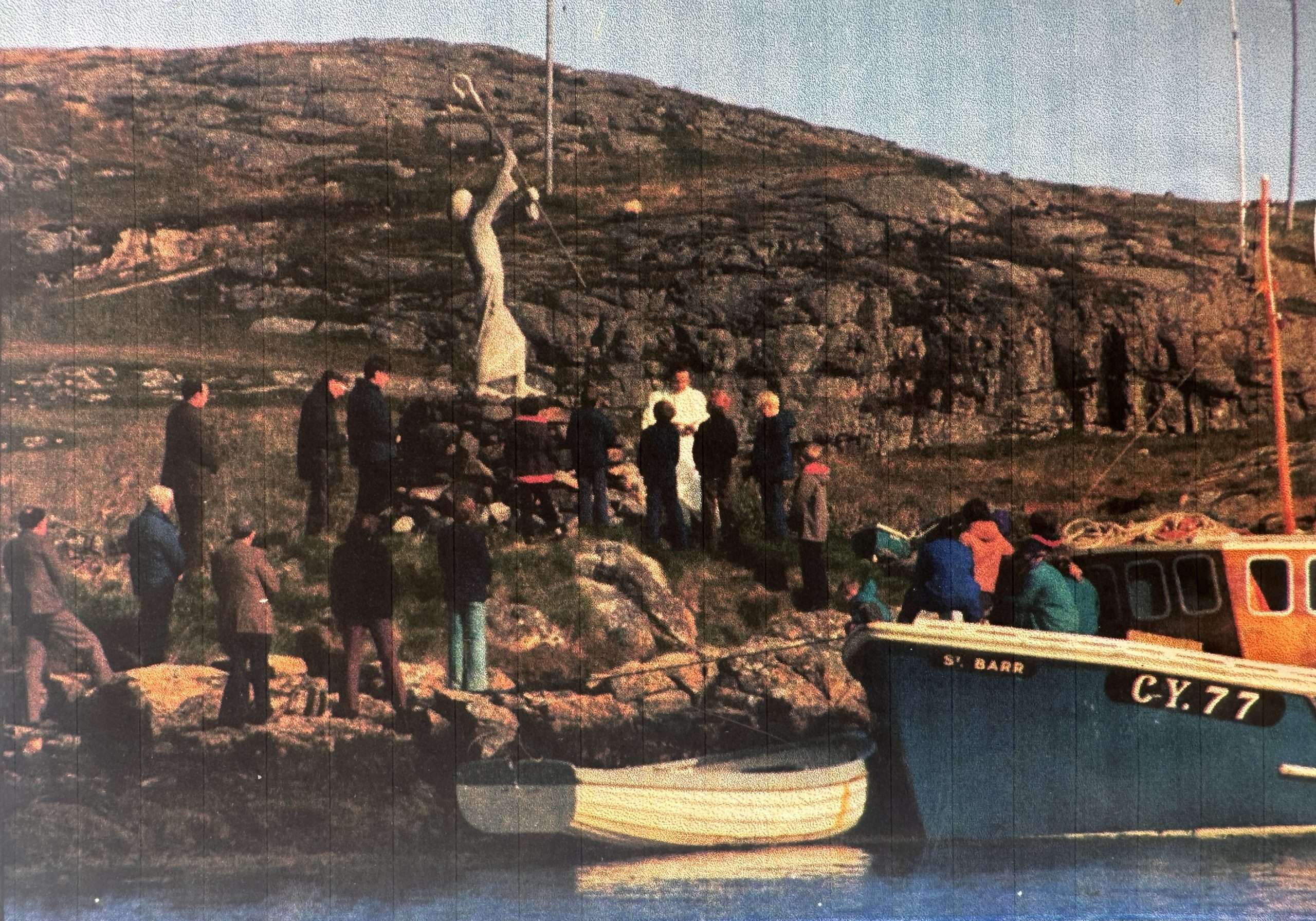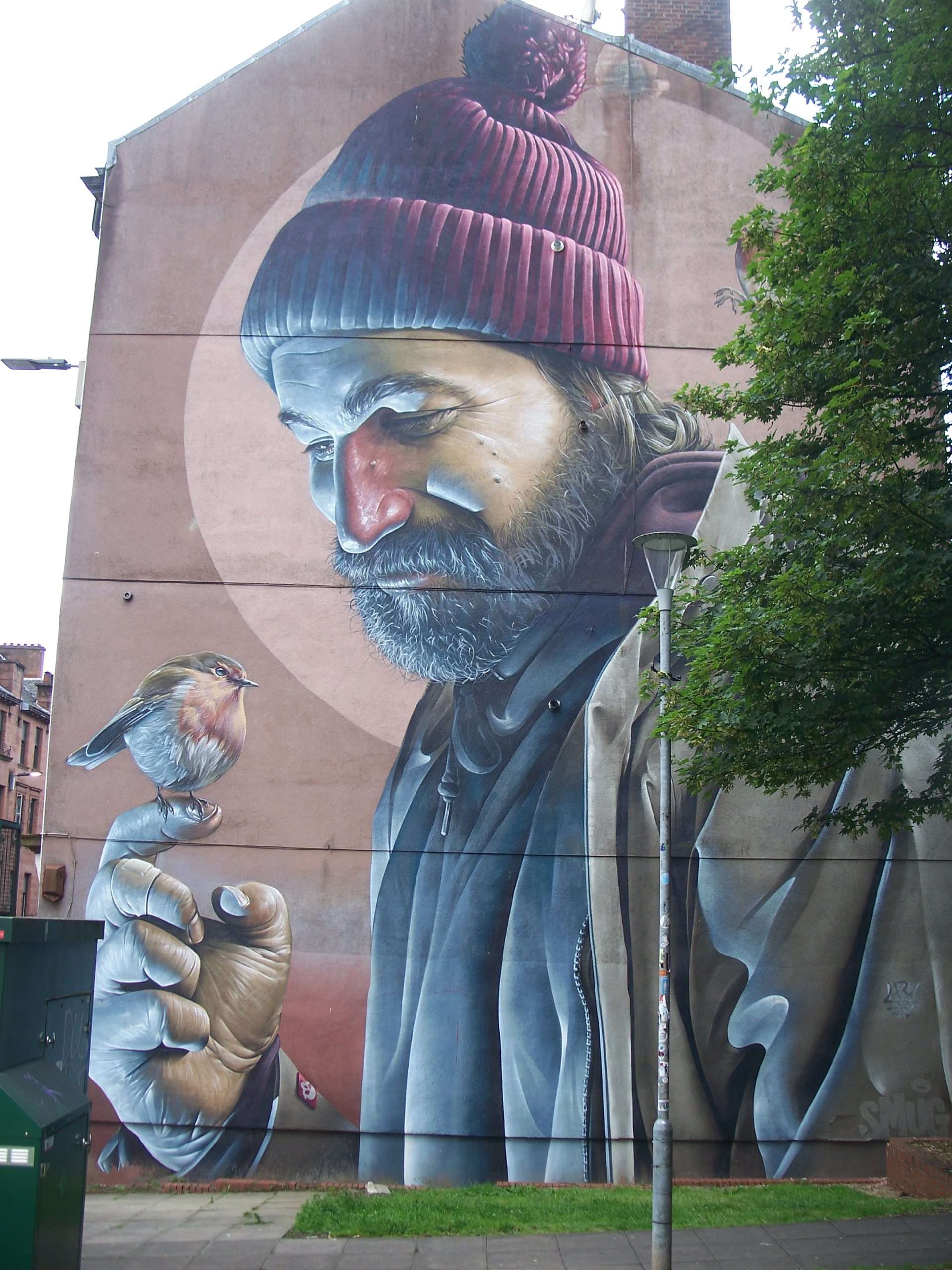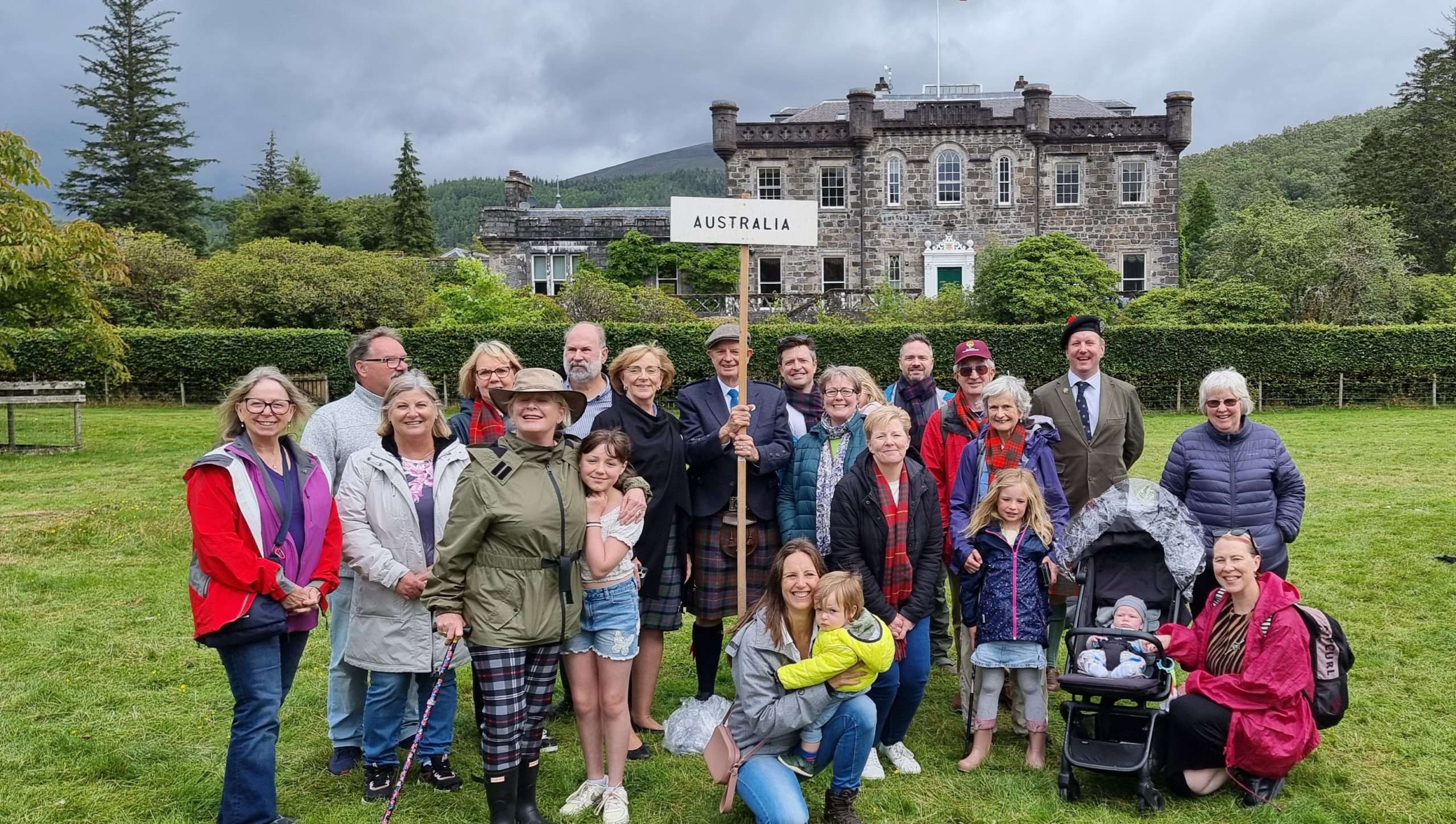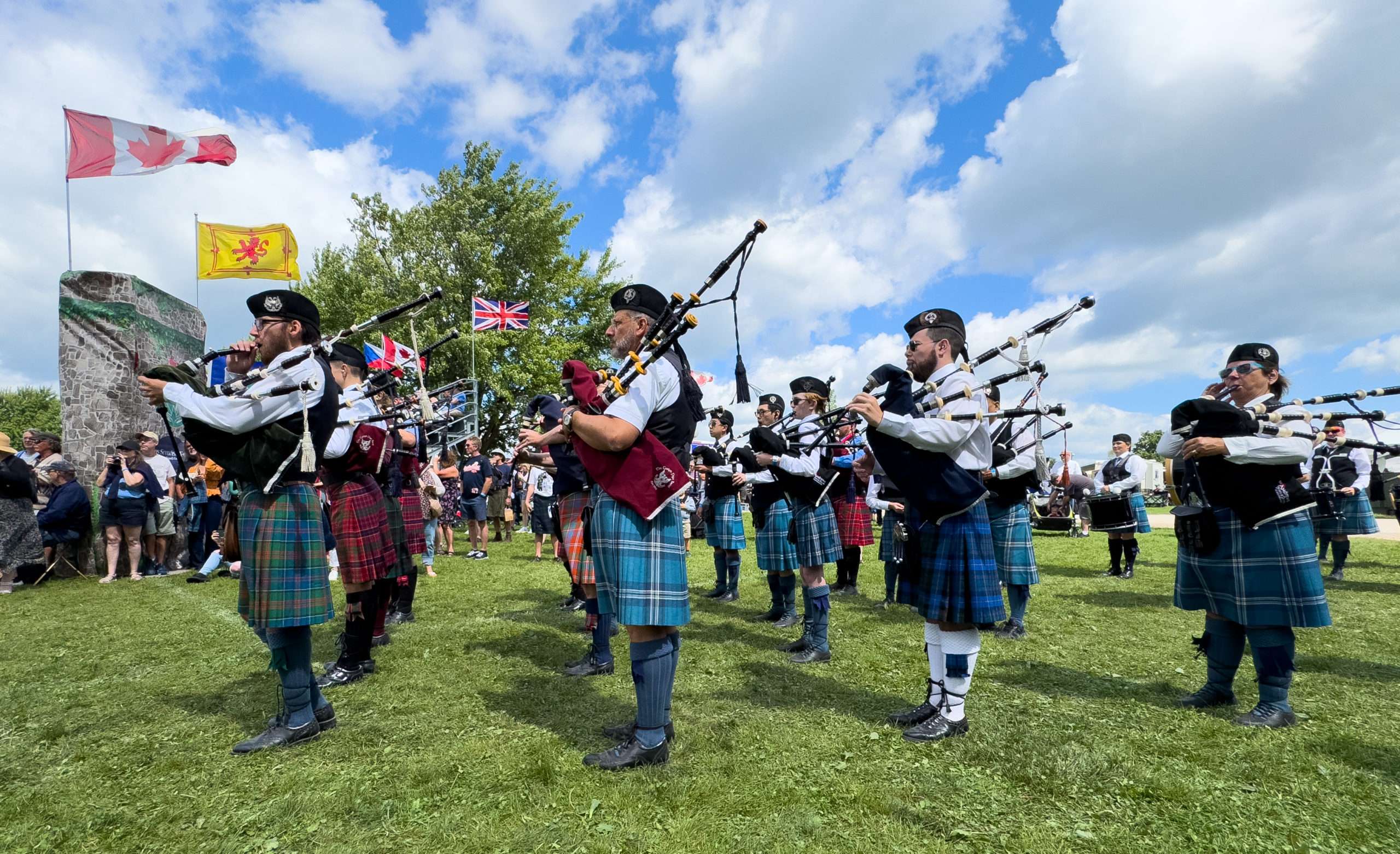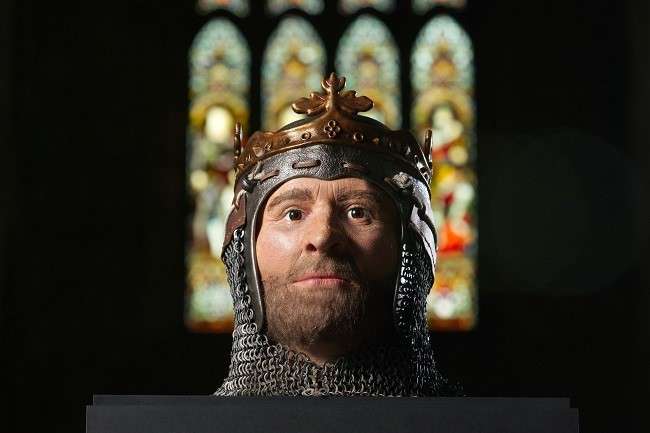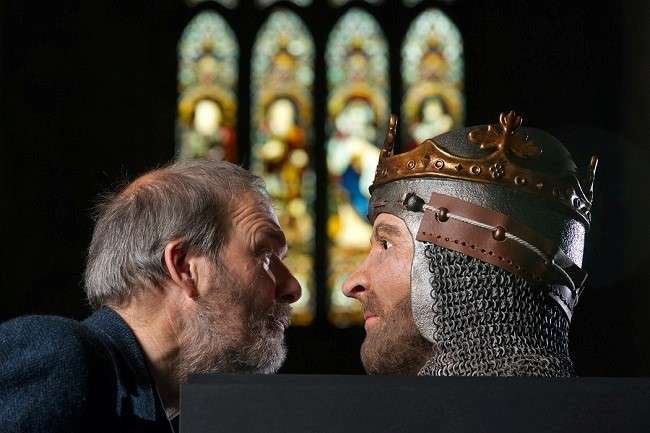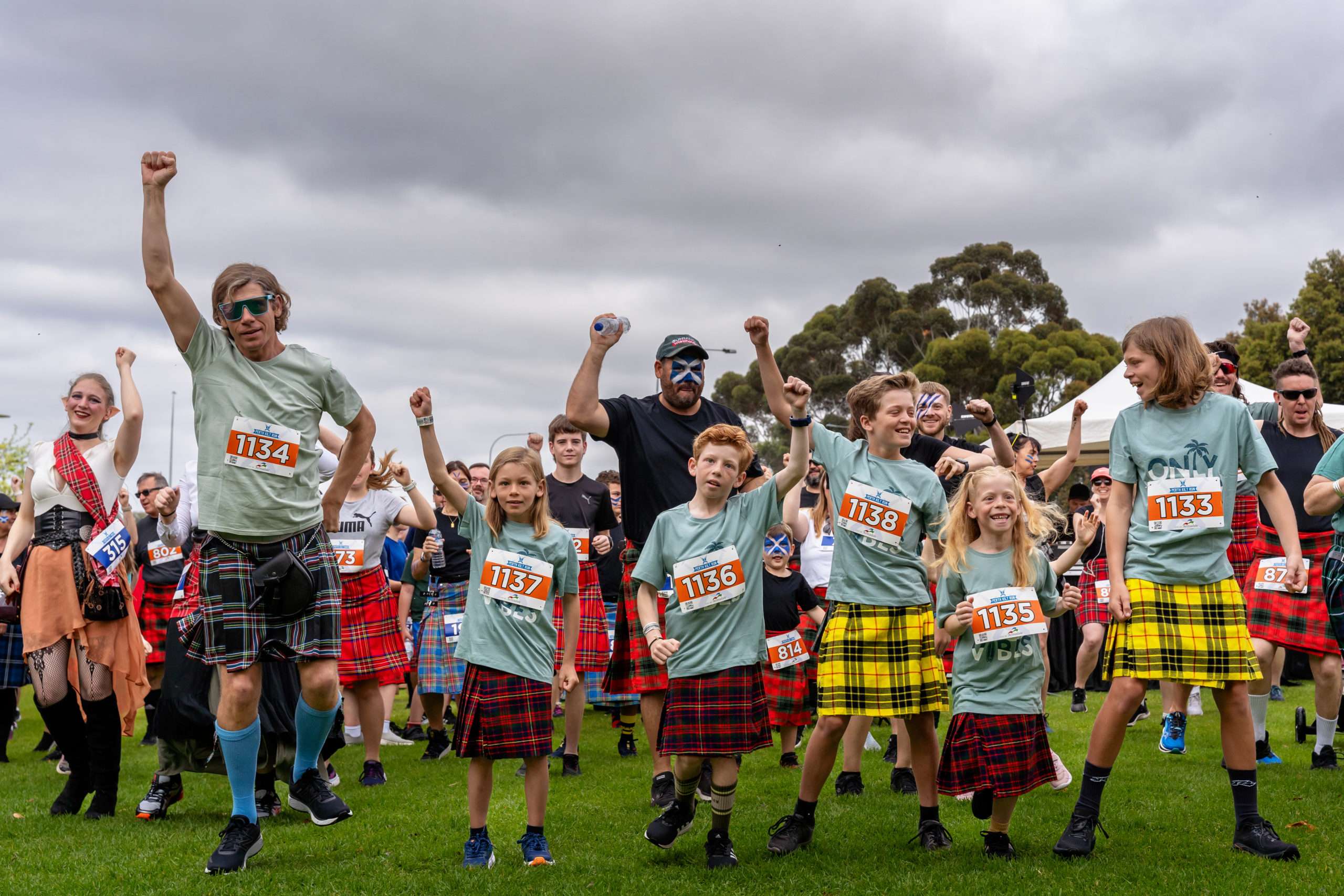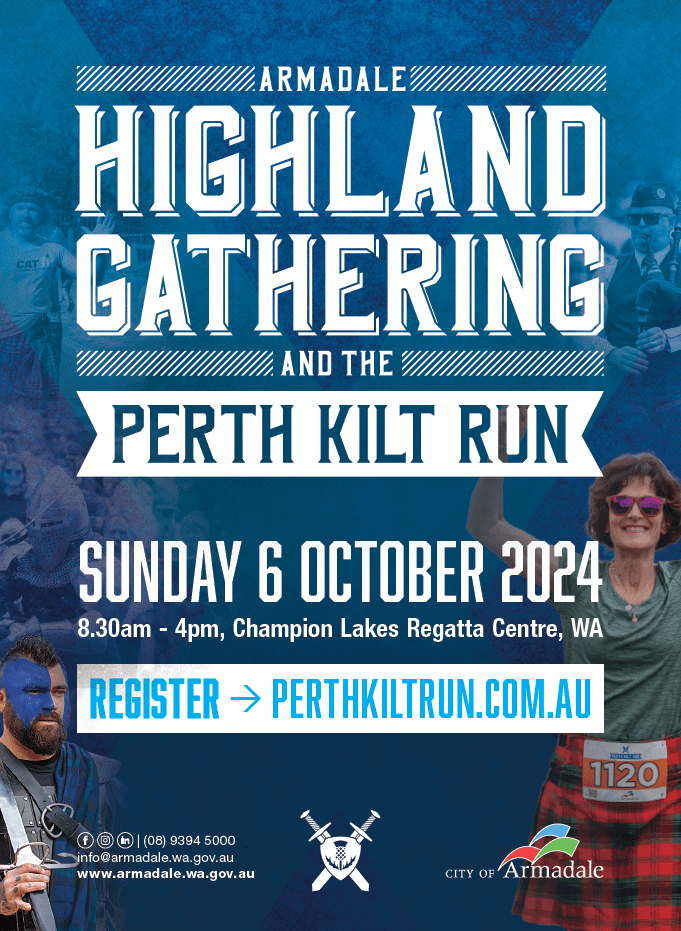In September we looked at some of the curiosities and lesser-known attractions of Glasgow. Fair’s fair; now for a similar look at Edinburgh.
Edinburgh’s other castle

Everybody knows Edinburgh Castle, one of the most recognisable (and busiest) attractions anywhere in the world. But Edinburgh has other castles and one of them is also in the care of Historic Environment Scotland (HES). At Craigmillar Castle you won’t have to queue to photograph anything. The castle is about three miles southeast of the city centre, from which several bus routes run from to Old Dalkeith Road, a short walk away. Parking at the castle is limited.
Any building of any age in Scotland seems to have been visited by Mary Queen of Scots and she knew Craigmillar Castle well, and enjoyed a lengthy stay there in 1563. In June 1567 she gave birth to the future James VI in Edinburgh Castle and that November Mary and little James sought peace at Craigmillar Castle. The Queen enjoyed hunting and falconry in the surrounding countryside, now a country park where we’re all free to roam where Mary did.
Two impressive yew trees grow in the gloom of the castle’s inner courtyard, outside the original tower. The later parts of the castle were built in the 1660s. The Gilmour family bought the estate from the Prestons in 1660 and built these new ranges. Craigmillar has something for everyone; small children will love the spooky dark passages and spiral staircases; even sullen teenagers will giggle at the long-drop latrine closets.
Dunbar’s Close

The Royal Mile suffers from overtourism, and it can be exhausting just walking through the crowds. The historic closes that lead off it are often fascinating and none more so than Dunbar’s Close which opens on the left as you walk down the Canongate towards Holyrood. It’s probably named after David Dunbar, a lawyer who owned properties here in the 18th century.
The close leads to a small green space designed to resemble a 17th century garden. It’s small but endlessly fascinating. When the lavender is in bloom there’s a sleepy buzzing of bees. In its present form, remarkably, the garden only dates to 1976, when a charity called the Mushroom Trust acquired the ground, employed the landscape architect Seamus Filor to design a garden, and gifted the result to the city on completion in 1978.
Drop into Dunbar’s Garden to enjoy peace and greenness. But not all at once. Let’s preserve the atmosphere.
The Old Botanics
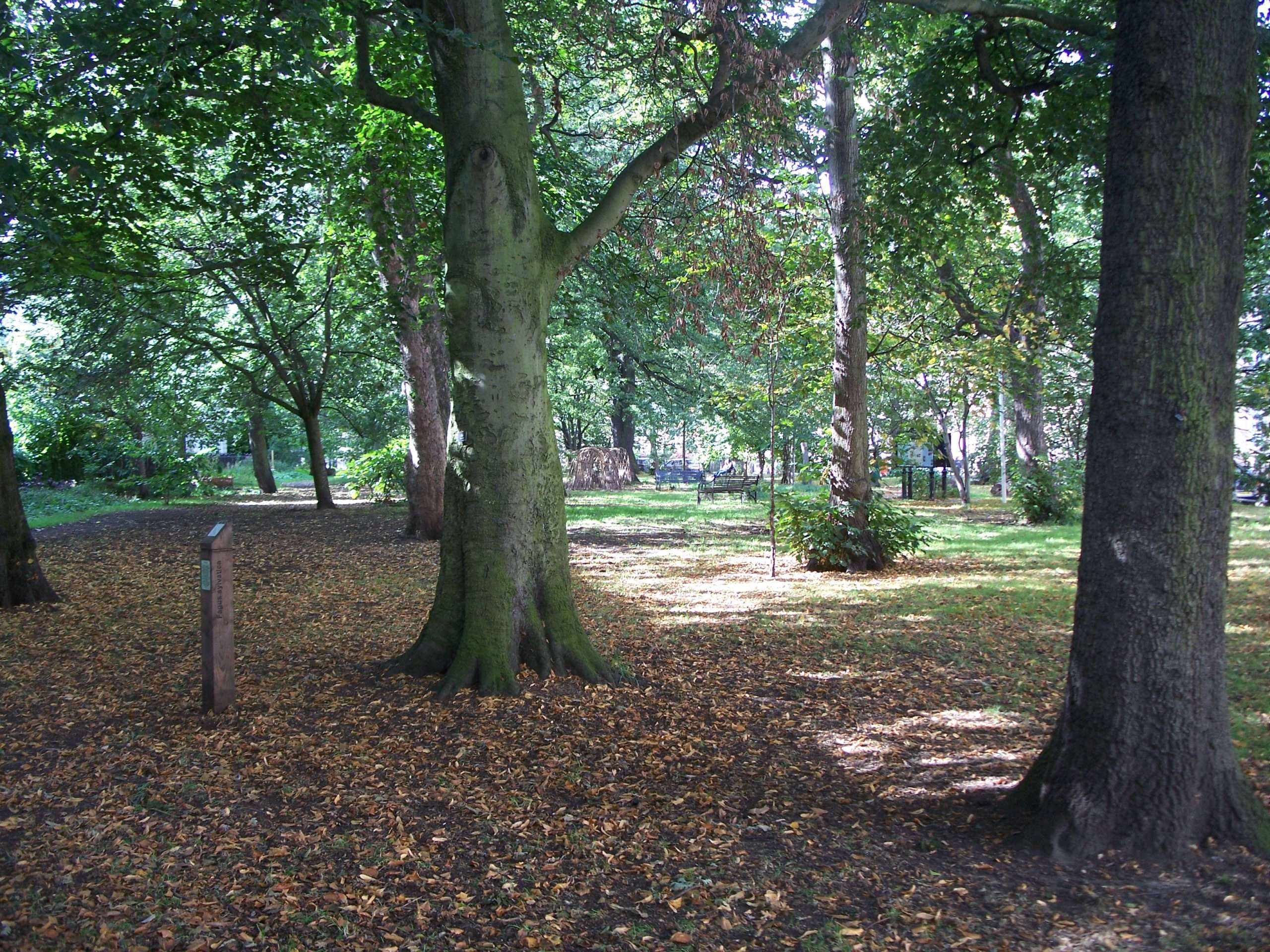
Another corner of Edinburgh, another garden. Hopetoun Crescent Garden is just off the grand thoroughfare of Leith Walk, near MacDonald Road tram stop. It is partly a relic of what is now the Royal Botanic Garden Edinburgh. The city’s first ‘physick garden’ appeared in the 17th century near Holyrood Abbey, moved to what’s now Waverley Station (just imagine that!) and then to the area around Hopetoun Crescent in the 1760s.
It made its final move (so far…) to the present Inverleith site in the 1820s but this lovely little garden remnant survived. It’s impossible to be sure which trees survive from the Botanic Garden era, but there are some surprisingly large examples for a city garden. Great credit is due to the Friends of Hopetoun Crescent Garden who have transformed a site that was a neglected eyesore by the 1990s into a beautiful community greenspace.
The other Scott Monument
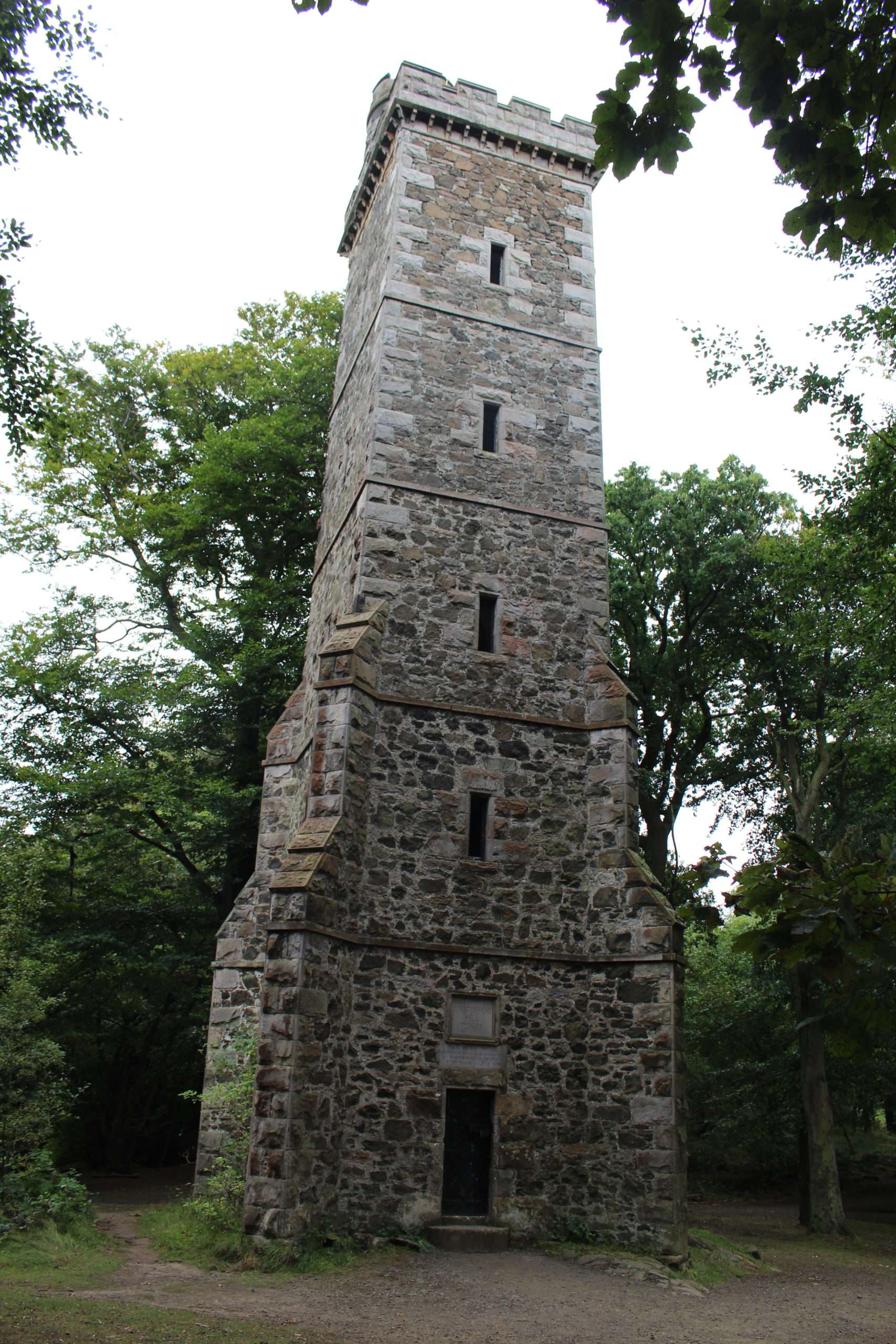
The Scott Monument in Princes Street Gardens has now been demoted to the world’s second largest monument to a writer (the Jose Marti monument in Havana has replaced it) but the city has plenty more memorials to Scott. He’s commemorated in the Writer’s Museum in the High Street, quotations from his work bedeck Waverley Station (named after his first novel, of course), and you can see paintings and sculptures of the man himself in the city’s galleries. But there’s another Scott Monument, on Corstorphine Hill; and it’s nearly as tall as the one in Princes Street.
Corstorphine Hill Nature Reserve lies to the west of the city centre, a quick bus run (12, 26, 31) from Haymarket or Princes Street. A path begins from Corstorphine Road near the zoo, climbing steeply, but the angle soon eases. You reach a viewpoint, the Rest and be Thankful; this is the spot where Alan Breck and Davie Balfour part at the end of their hazardous journey from Mull in Robert Louis Stevenson’s Kidnapped.
On the heavily wooded summit, you find an impressive tower that’s just the sort of thing a wandering hero in a Scott novel might come upon in a thunderstorm as hostile redcoats close in upon him. It has the alternative names Corstorphine Hill Tower, Scott Tower or Clermiston Tower and was built in 1871 for the 100th anniversary of Scott’s birth. Thanks to volunteers from the Friends of Corstorphine Hill you can go inside and enjoy the view from the parapet on summer Sunday afternoons.
Trinity House, Leith
Trinity House, Leith, is just a short distance from the Foot of the Walk tram stop and is another HES property. It was the home of the Incorporation of Mariners and Shipmasters, an organisation that collected port dues and worked in the interests of the local seafarers; incredibly, the Incorporation dates from 1380. It was based on this site from the late 1500s and when the present late Georgian building was constructed in 1818 some parts of the older buildings were included: the north wall incorporates a stone with the date 1555.
It’s now a museum celebrating Leith’s maritime history featuring many original fittings and items of furniture with artworks and other exhibits. It usually closes for winter at the end of September but in October 2024, to mark Black History Month, there was a special exhibition on Leith’s Black History.
These are just some of the lesser-known features of Edinburgh. There are of course, many more, and the same is true for Glasgow. Seek them out for yourself, and tell the Scottish Banner about them.
Text and photos: David McVey.

